14 Fire Safety
Burns, what to do if there’s a fire. Ways to reduce the risk of a fire occurring and smoke alarms

Internet Safety
Cyberbullying, how kids can keep safe online and how parents can help kids stay safe online
Swimming pools, the sea, lifejackets, boating and kayaking
4 page pullout of fun & exciting activities
Issue #7 - Hamilton | 1
10 Road Safety
HAMILTON
Car seats, child pedestrians, cycling, scootering, skateboarding and driveway accidents 5
Water Safety 24
NEW ZEALAND’S TRUSTED FAMILY SAFETY RESOURCE Issue #7 | Hamilton SCAN QR CODE FOR HANDSFREE READING

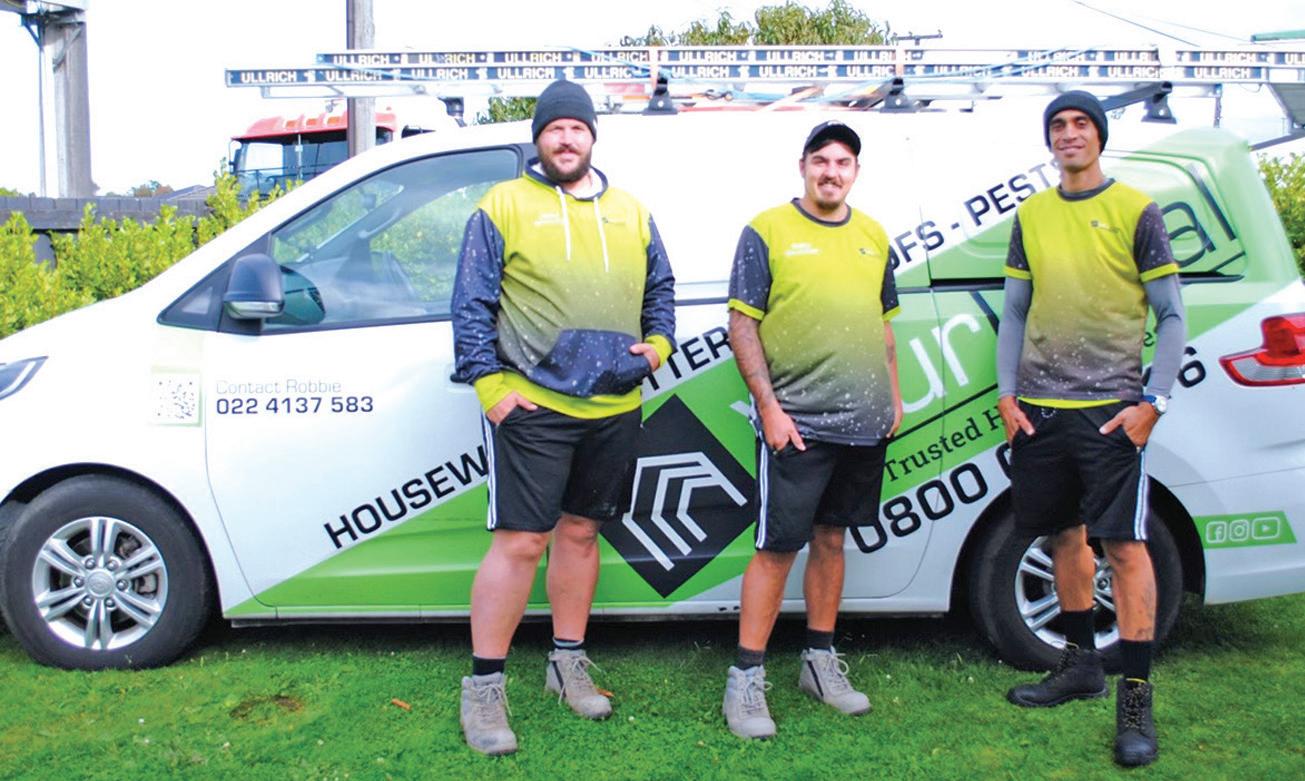




































After consultation with both educators and parents, SafetyWise has been compiled as a comprehensive age-appropriate publication, designed for use in both the classroom and for children to take home and share with their parents/caregivers as a go-to resource. The publication’s purpose is to reinforce key safety messages to children in a fun and engaging way, be the subject crossing a road, using the internet, swimming, cycling or being a passenger in a car.
Issue #7 - Hamilton | 3
Road Safety Car seats, child pedestrians, cycling, scootering, skateboarding and driveway accidents. 5 Home Safety Poisonings, cuts and button batteries. 9 Fire Safety Burns, what to do if there’s a fire, ways to reduce the risk of a fire occurring, and smoke alarms. 10 Water Safety How to be safe in pools, rivers and in the sea. All about about lifejackets, boating and kayaking. 24 Playground Safety How to be safe in the playground and stranger danger. 22 Internet Safety Cyberbullying, how kids can keep safe online and what parents can do to help. 14 Rural Safety Quad bike dangers and being vigilant in rural areas. 33 CONTENTS About us... 5 11 24 5 9 4 page pullout of fun & exciting activities Pages 17-20 COVER IMAGE - TKKM O TOKU MAPIHI MAUREA CODE - S23HM Disclaimer This publication is provided on the basis that The Job Agency is not responsible for the results of any actions taken on the basis of information in these articles, nor for any error or omission from these articles and that the firm is not hereby engaged in rendering advice or services. The Job Agency expressly disclaim all and any liability and responsibility to any person in respect of anything and of the consequences of anything done, or omitted to be done, by any such a person in reliance, whether wholly or partially upon the whole or any part of the contents of this publication. Advertising feature articles are classified as advertising content and as such, information contained in them is subject to the Advertising Standards Authority Codes of Practice. Contents Copyright 2017 by The Job Agency. All rights reserved. No article or advertisement may be reproduced without written permission. Does your company have any exciting projects or products you would like to feature in an upcoming edition of Safetywise? PLEASE CONTACT OUR EDITORIAL/SALES TO DISCUSS: General Manager of Operations: Kylie Palermo PO Box 1879,Christchurch 8140 Ph: (03) 961 5051 | Email: kylie@markat.co.nz Production: Jarred Shakespeare - Art Director Ph: (03) 961 5088 | Email: jarred@markat.co.nz Amber Mundy - Production Co-Ordinator Manager Ph: (03) 961 5075 | Email: amber@markat.co.nz Kyla Nicholls - Production Co-Ordinator Jessica Ann - Designer Angela Elley, Sales Manager Safetywise Magazine Angela Elley

4 | Issue #7 - Hamilton 07 847 7233 WWW.BASECIVIL.CO.NZ Earthworks Siteworks Drainage Roading Pavement Surfacing Driveways Subdivisions
BEGINS BY BUILDING PEOPLE BUILDING COMMUNITY ASSETS
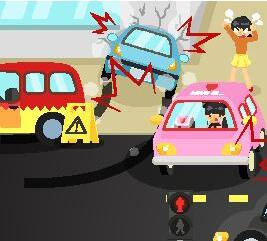
ROAD

Car seats:
It’s safer for kids to use a child restraint until they are 148cm tall.
For kids 0-14 years, one of the leading causes of injury involves children as passengers in motor vehicles, with about 18 fatalities a year and the equivalent of one classroom-full (26) of children admitted to hospital every month.
Studies show that child restraints can significantly reduce the risk of hospitalisation and critical injury when used correctly.
Car safety messages:
• Always use the correct child restraint an booster seat for your child’s height, weight and age
• Follow manufacturers’ instructions for sizing and installation of your child restraint
• Remember all child car seats being used in New Zealand must meet the accepted Safety Standards
• Make sure your child restraint or booster seat correctly fits your vehicle
• Get help installing your child restraint or booster
Contact a NZTA-certified child restrain technician for support and to get help to correctly install a child restraint
• The back seat is safest for kids.

Child pedestrians:
More than 5,000 pedestrians are fatally injured on the world’s roads each week. Many of those killed are children walking to and from schools.
In New Zealand, child pedestrian injuries are a leading cause of traffic related child deaths.
How to cross the road safely:
• Heads up and devices down when crossing the road
• Watch out for sneaky driveways
• Use pedestrian crossings and controlled intersections
• Have a school travel plan, or join a ‘walking school bus’ when travelling to school.
Driveway accidents:
• Five children are fatally injured each year in NZ driveways
• Over 20 children a year, or one a fortnight, are admitted to Starship Hospital
Signs of a risky driveway:
• A long driveway
• A driveway in a quiet road or cul-de-sac
• A driveway that also provides pedestrian access to the house (no separate pedestrian pathway)
• A driveway leading to lots of parking – cars need to be moved around to make room or allow vehicles to leave
• No physical barrier (i.e. fence) between driveway and outdoor play area.
Cycling and bike helmets:
Always wear a helmet when cycling.
Cycling is an important form of exercise, transportation and recreation for children in New Zealand, and for many children, learning to ride a bicycle is an important part of their play and development.
However: cycling related injuries are one of the top ten causes of unintentional injury related fatalities for children in New Zealand.
Be Smart - plan safe cycle routes with an adult, the best riders are skilled riders
Be Safe – no helmet, no bike
Be Seen – wear bright colours and use reflective gear.
Learning to ride a bicycle is an important part of their play and development.
Learn the 2-4-1 rule on how to wear a helmet correctly:
2: The helmet should be no more than two fingers above your eyebrow
4: Adjust the straps under your ears. They should form two ‘Vs’
1: No more than one finger should fit under the chin strap.
• Most children injured are toddlers, aged two years.
• Walk around the car, and make sure children are in a safe place and supervised by an adult.

CHECK FOR ME BEFORE YOU TURN THE KEY

Issue #7 - Hamilton | 5
027 737 7352 martinleveridgefencing@gmail.com A boutique Hamilton-based architectural studio offering high end design with flair and inspiration to enhance your living and workspace. At Nine Thirty we pride ourselves on superb quality, reliability and excellent communication with clients and contractors alike. M 027 344 1112 E studio@ninethirty.co.nz A Level 1, 6 Hill St, Hamilton W www.ninethirty.co.nz
Scooters & skateboards - Be Safe2Scooter
Wearing a helmet on your scooter and skateboard can stop your brain getting badly hurt if you fall off.
So: follow the steps on how to wear your helmet correctly.
Kick scooters and skateboards provide children with a valuable form of exercise and transport. Learning to ride a skateboard or scooter can be an important part of play, risk taking and development.
The rise in popularity of, and subsequent exposure to, skateboarding and scooting has been coupled with a marked increase in skateboard and scooter related injuries, with over 140 children hospitalised with skateboard related injuries every year.
Over 30 children are hospitalised with scooter related injuries every year.
How to be safe on scooters and skateboards:
• Wear correctly fitted helmets that meet an approved safety standard
• Ride on the footpath, and watch out for sneaky driveways
• Give way to pedestrians
• Cross roads safely on foot, at pedestrian crossings
• Wear elbow and knee pads when scootering, and add wrist guards when skateboarding.
How a correctly fitted helmet should look:

Turn to page #19
To colour in your very own bike saftey picture
(Dont forget to stick your picture on the fridge!)

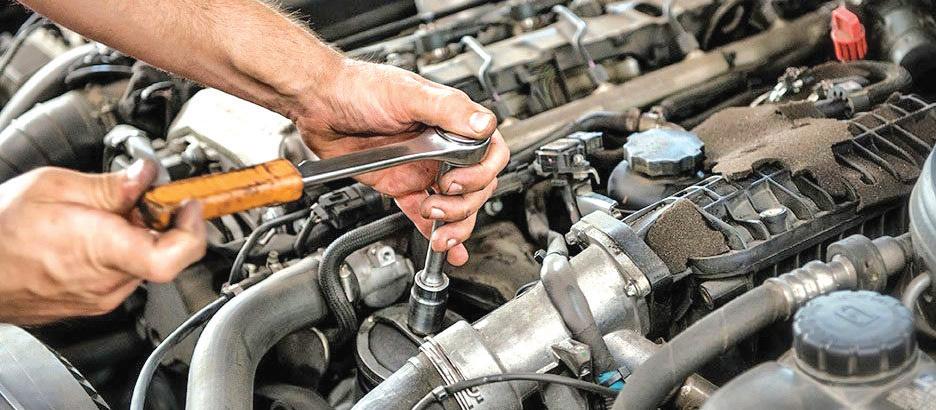
1. Check that your ears sit in the middle of the V shape of the straps
2. Make sure that the front of the helmet sits two fingers width above your eyebrows
3. Check that when the chin strap is done up, that just one finger can fit between your chin and the strap.
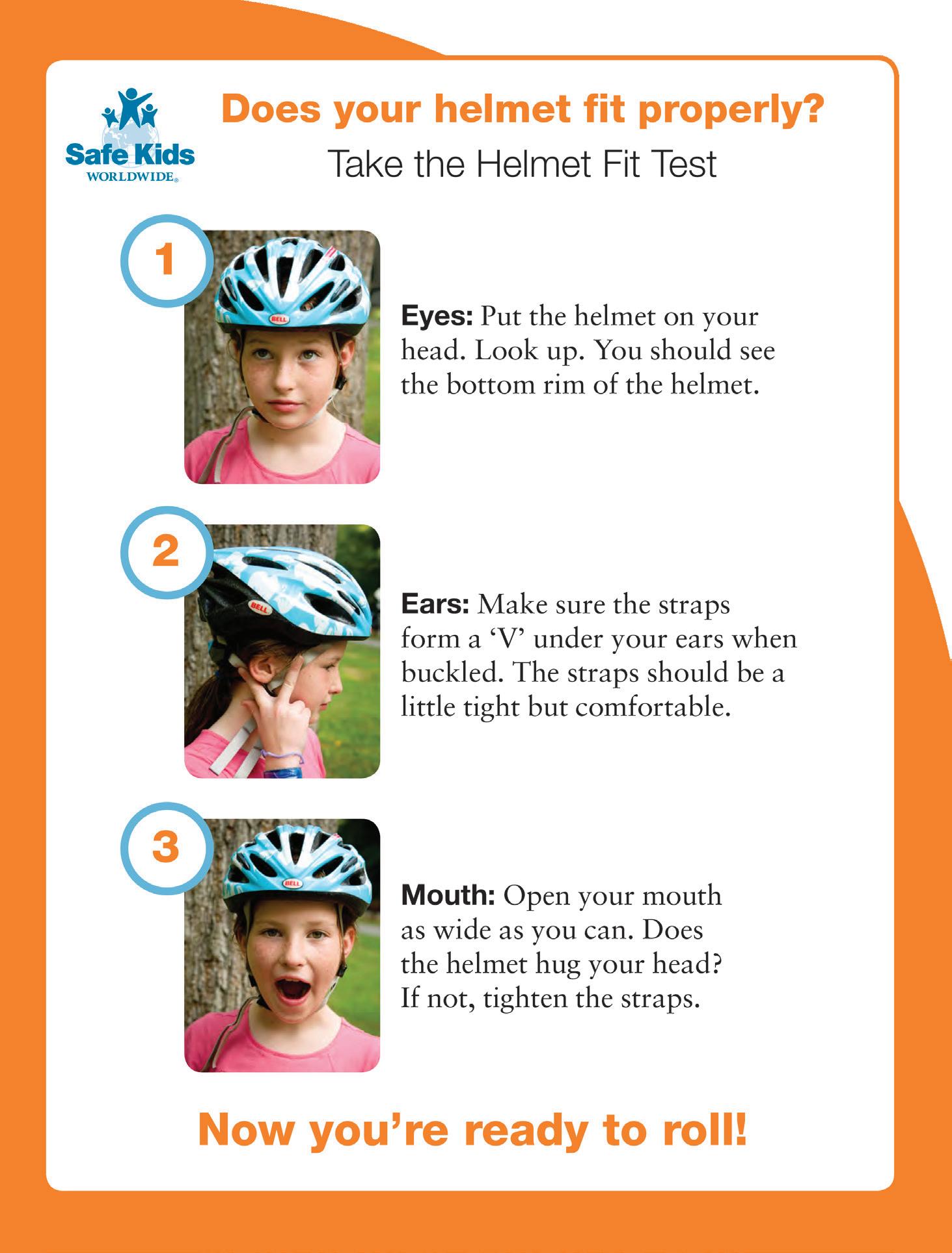
6 | Issue #7 - Hamilton
Unit 1 – 17 Rockford Street, Matamata Phone: 07 880 9609 ONLINE BOOKING www.actionautomotive.co.nz Mechanical Workshop Licensed & Insured SPECIALIST IN PLASTER CLADDING PAINTING AND REPAIRS rendernzltd@gmail.com
HOME SAFETY
Button Batteries
• Kids under six years old represent the greatest risk
• 20 children are taken to the Starship each year as a result of swallowing batteries
• It takes as little as two hours for a button battery to cause a severe burn injury in the oesophagus.
Prevention: Search, Secure and Share
Many coin-sized button batteries can appear “invisible” to parents because devices come with the batteries already installed.
To keep your children safe:
SEARCH: Your home, and any place your child goes, for gadgets that may contain button batteries
SECURE: Button battery-controlled devices out of sight and reach of children, and keep loose batteries locked away
SHARE: This life-saving information with caregivers, friends, family and whanau.
In an emergency: Get help fast
Keeping these batteries locked away and secured in devices is key, but if a coin-sized button battery is swallowed, you should follow these steps:
• Go to the nearest hospital emergency department immediately
• Tell doctors and nurses that it might be a coin-sized button battery. If possible, provide the medical team with the identification number found on the battery’s pack
• Do not let the child eat or drink until an X-ray can determine if a battery is present
• Do not induce vomiting.
Cutting & Piercings
Be sharp: Prevent cutting and piercing injuries in and around the home. Cutting and piercing injuries are a common cause of injury for children, with over 550 children hospitalised every year from a serious cut or puncture injury. This injury is the second leading cause of hospitalisation for five to nine year olds. $11.7M per year is the total in ACC payments to families for treatment of this injury.
Ways to keep your child safe at home
• Use safety glass in furniture, windows and doors
• Spot and remove sharp and pointed objects at home and in play areas.
Make your home a safety zone! Our homes are where injuries most commonly happen, and children under five year’s of age are particularly more at risk.
• Some 48 children are killed each year - and 231 are hospitalised every month
• Sixty percent of all injuries to under-fives happen IN THE HOME
• Fifty percent of these injuries are linked to structural issues in the home.
Poisoning



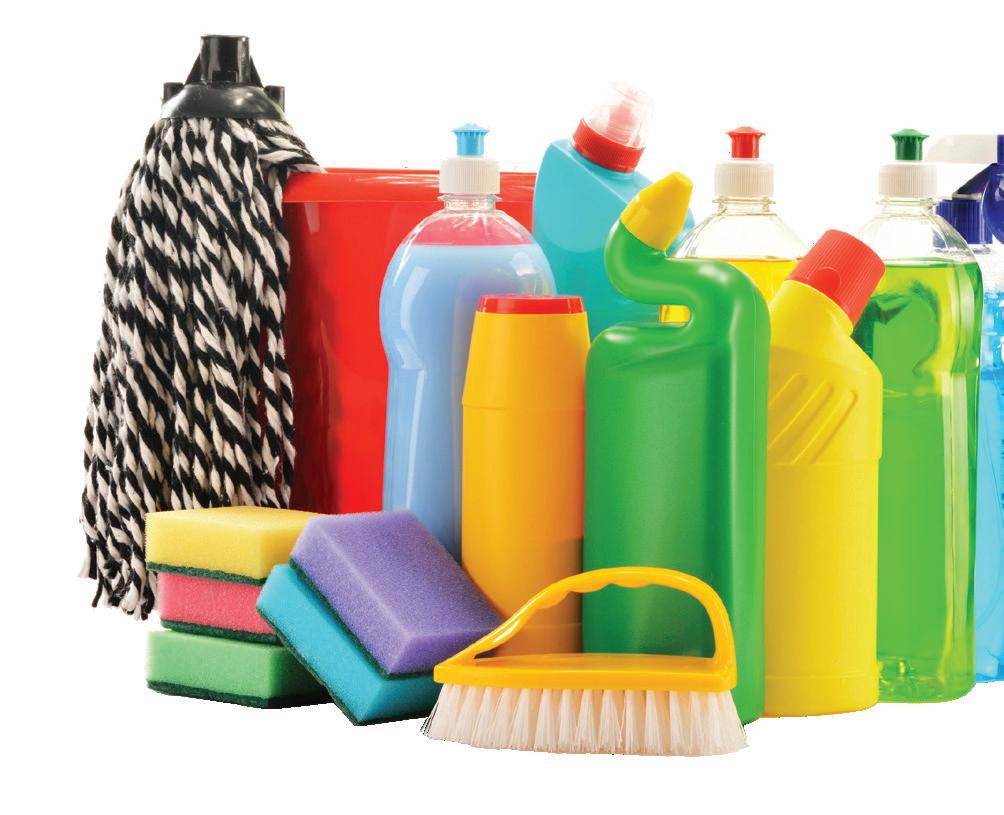















Poisoning is the third most common cause of injury-related hospital admissions for children aged zero to four years. Most of these injuries happen in the home.













Cleaner or chemical poisonings occurred most frequently in one and two year olds, and poisonings from drugs and medications are spread across the under five age group.
Over 300 children are admitted to hospital each year because of an unintentional poisoning. Some 83 percent of all children hospitalised are zero to four years old. And 81 percent of all childhood poisonings occur in the home.


•
•
•
Issue #7 - Hamilton | 7
Transforming sites for better use Sam - 021 055 7774 New Zealand's Shotcrete Specialists Ph: 027 738 4649 E: office@retimix.co.nz www.retimix.co.nz
Aotearoa's market leaders in all things Shotcrete
Established experts in concrete pumping
FREE no-obligation consultancy support
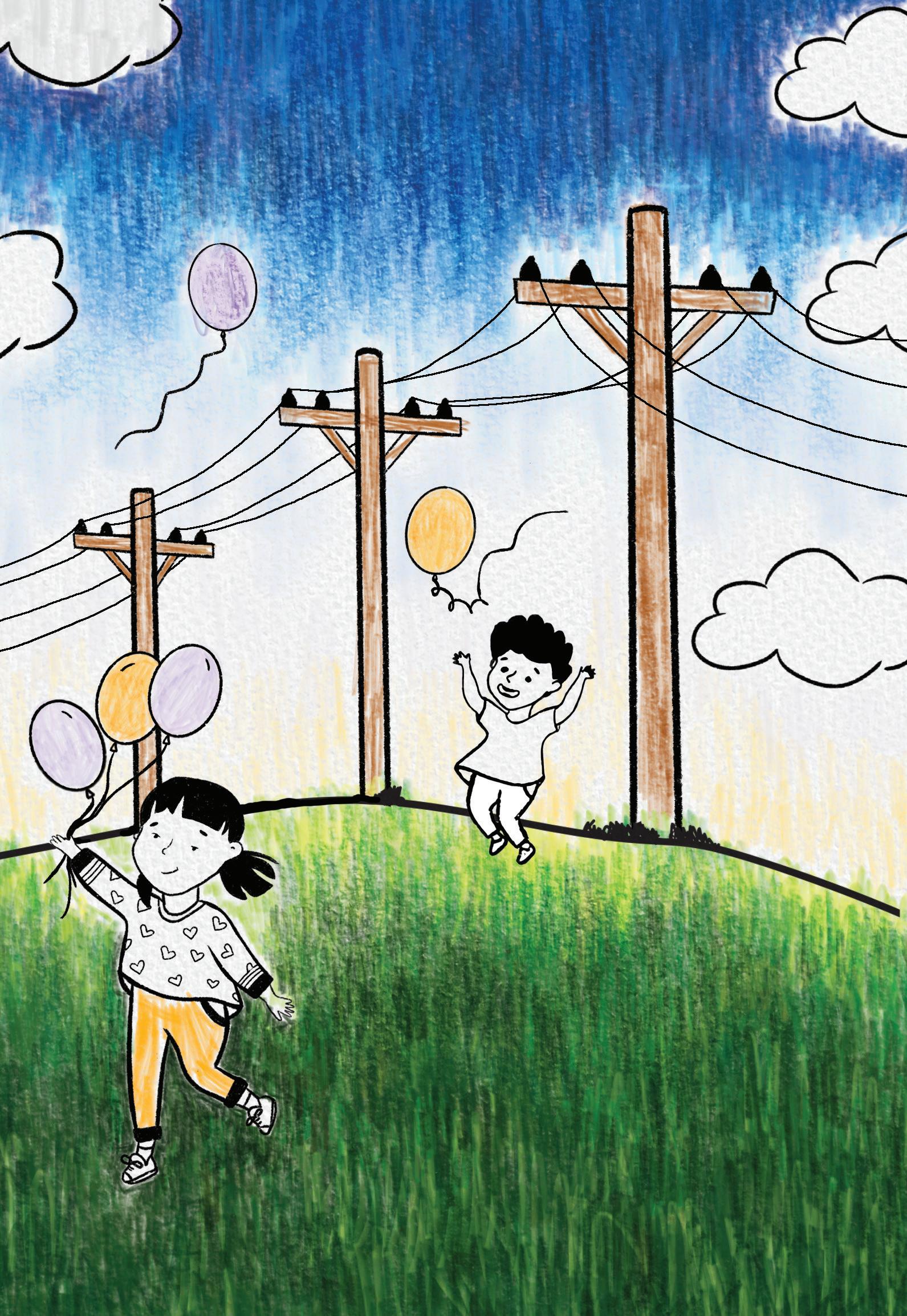

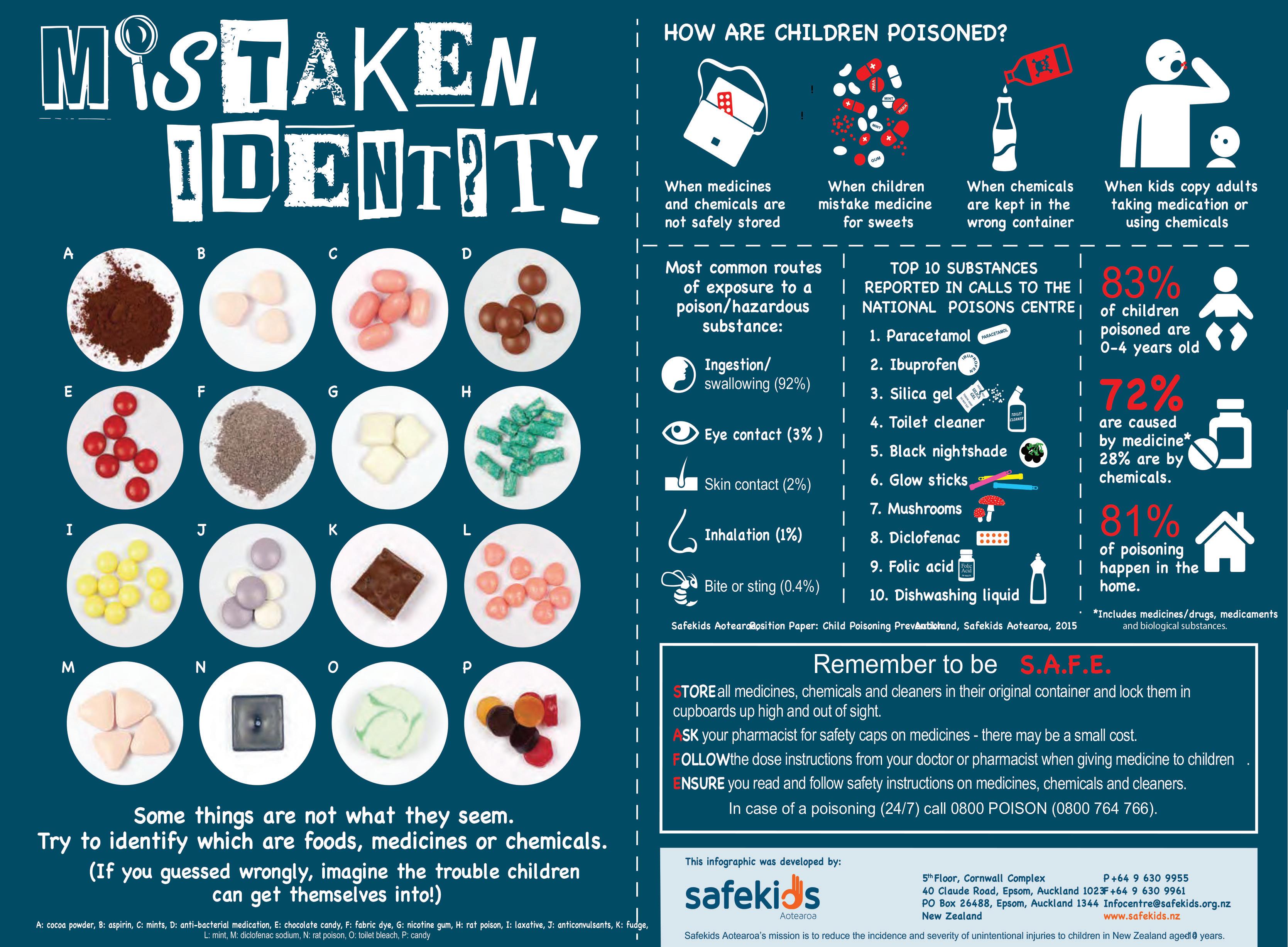
8 | Issue #7 - Hamilton 07 849 3807 • 0508 589 145 sales.hamilton@metalcraftroofing.co.nz www.metalcraftroofing.co.nz CHOOSE METALCRAFT FOR A WIDE SELECTION OF LOCALLY MANUFACTURED PRODUCTS ■ Metal Roofing and Cladding ■ Tiles ■ Guttering and Spouting ■ Steel Purlins ■ Fencing ■ PV Solar ■ Steel Flooring ■ Girts & Tophats Hey kids POWER LINES PLAY AWAY FROM HAVE FUN, BUt... TO DOWNLOAD A COPY OF OUR NEW ACTIVITY BOOK https://www.wel.co.nz/safety/public-safety
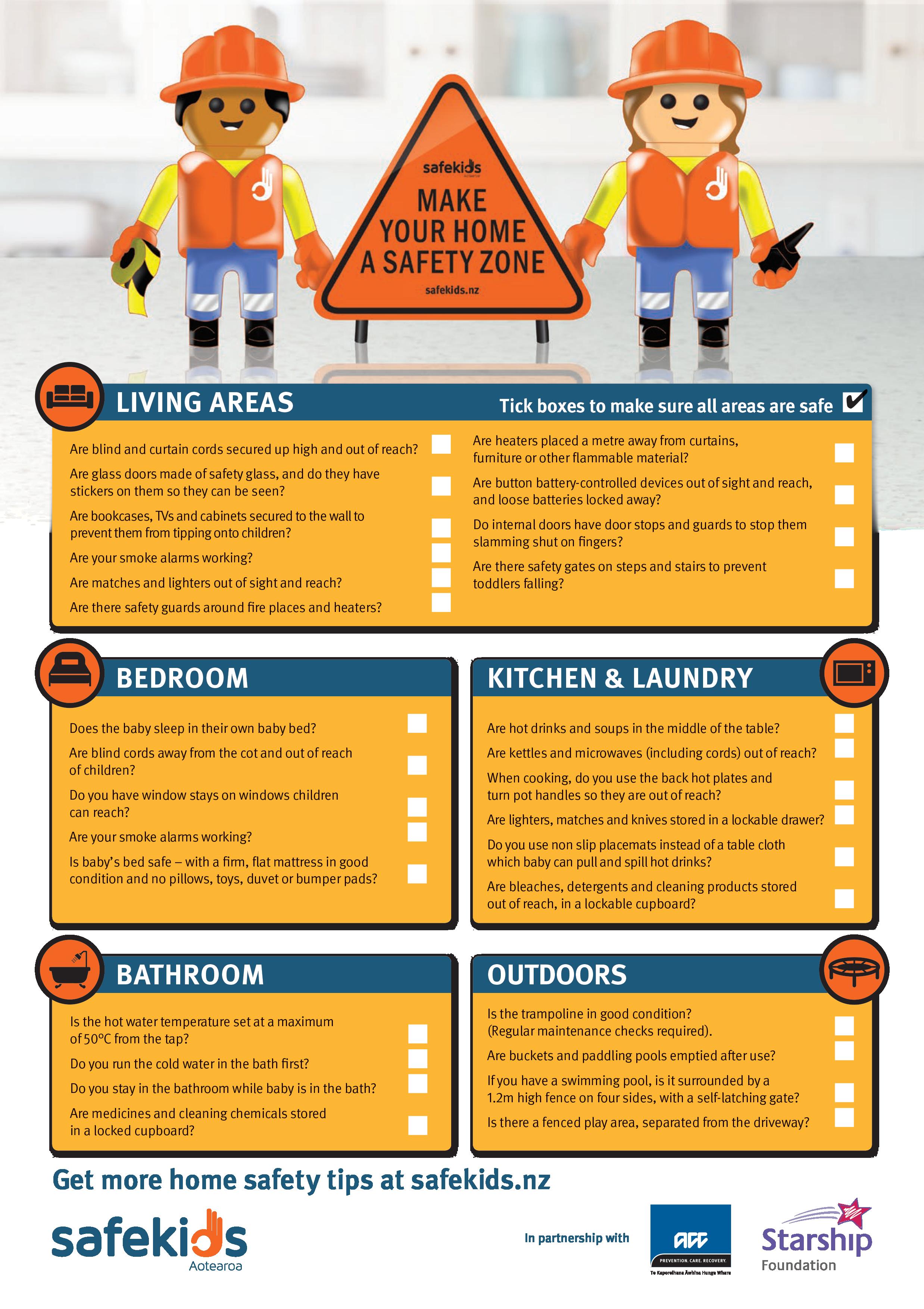
Issue #7 - Hamilton | 9



Burns
Always keep hot drinks out of the reach of children.
Burns are a leading cause of injury for young children. Of one to two year olds admitted to hospital due to severe burns, over half are caused by spilt hot drinks (tea and coffee) and other liquids. Burn injuries from fires occur less frequently, but are responsible for a higher number of fatalities than burns from hot substances.
Hot water burns & fire injuries in NZ
More than five children are burned severely enough to be admitted to hospital each week. Around five children die each year. More than half of one to two year old kids are hospitalised for hot water burns.
First Aid
• Run water from the cold tap gently over the burn for 20 minutes or until an ambulance arrives. For patients vulnerable to hypothermia (babies or elderly), luke warm water is OK
• Do not touch the burn or burst any blisters, as this can cause infection
• Once cooled, remove clothing from the burned area
If clothing sticks, cut around the fabric
• Cover the burn with clean non-fluffy material (e.g. a sheet or loosely cover with plastic wrap) to prevent infection
• Do not cover the face
• Seek advice from your doctor or hospital
• In an emergency call 111.
Burns from hot substances
• Never consume hot drinks or soup while holding a child.
• During bath time, always run the cold water first.
• Set your hot water temperature to 50-55° Celsius at the tap.
Fire & Flame



Checking your smoke alarms
Your alarms will start to beep regularly if the battery is low. Replace smoke alarm batteries at least once a year.
The alarms will also need to be replaced after a while.
Once a month, check the battery by pressing the test button. Dust and debris can stop alarms from working properly, so clean/vacuum over and around your smoke alarms regularly.
Choosing your smoke alarm
Fire Safe NZ recommends you to install a long-life photoelectric smoke alarm in your home, as they provide up to 10 year’s smoke detection without having to replace batteries.
However, still regularly check they’re working correctly.
Installing smoke alarms
Diagram of where you should install your smoke alarms. In your kitchen, bathroom or laundry, use a heat alarm instead.


Clothing burns, so please make sure your kids are always a metre away from the heater.







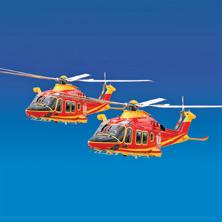
10 | Issue #7 - Hamilton
Information provided courtesy of Safekids Aotearoa. www.safekids.nz Working smoke alarms save lives!
Get your smoke alarms sorted in 3 simple steps: 1. Check 2. Choose 3. Install Quality Earthworks, Site Leveling, Site Prep & Demolition services in the Waikato. 0275655355 admin@mclocklancontractors.co.nz www.mclocklancontractors.co.nz General Earthworks/Excavation • Bobcat & Site Prep Services Leveling & Contouring • Demolitions & Cartage • Tree Removal OUR SERVICES We are a family based 100% owned New Zealand private company who have been operating for 50 years. Specialising in residential property development and property investment. Looking for residential section, rental property, office space or holiday home? Get in touch with our team. P: 0508 SEARLE E: sales@searlegroup.co.nz www.searlegroup.co.nz ARHT GOLD ELITE MISSION SUPPORTER 2024
FIRE SAFETY
Talking to your children about fire safety
It’s a good idea to talk to your children about fire safety, how to avoid starting fires, and what to do if there’s a fire in your home.
Children as young as five can learn what to do in a fire emergency. This is lifelong learning that they will take into adulthood. Children also need to understand that fire can be dangerous.
Talking about fire
When talking about fire, children might ask about risks associated with fire emergencies. You should provide truthful answers without making the child afraid.
You can tell your child about firefighters and how they rescue people in fires. However, because firefighters might not arrive in time, teach your child how to get out safely.
It’s so important to have smoke alarms and an escape plan to know what to do in a fire. Remember: Get out, stay out.
Talking about what to do in an emergency.
If a fire starts in a room, a person has about three minutes to get out before the room is engulfed in smoke or flames.
Teach your children to get out and stay out if there’s a fire. If they see a fire or hear a smoke alarm, tell them to:
• Get out of the house FAST (using your escape plan)
• Shout: “FIRE, FIRE, FIRE!”
Go to the safe meeting place
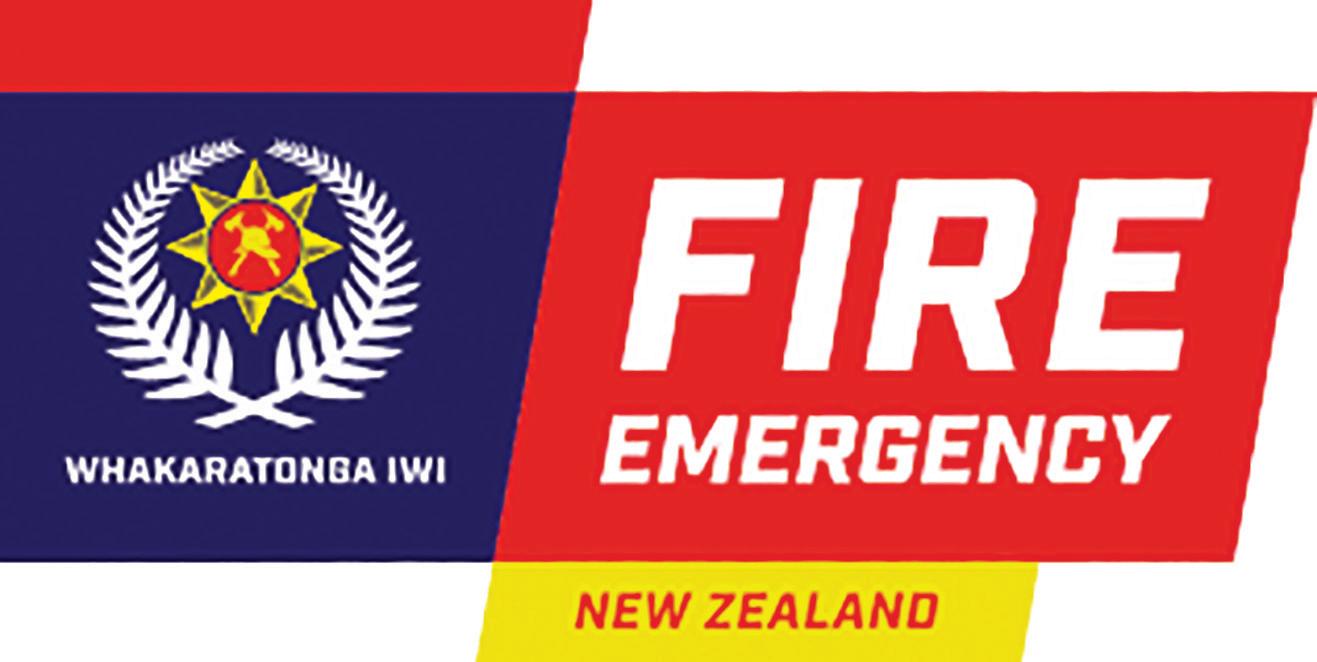
Turn to page #18
To colour in your very own fire safety picture (Dont forget to stick your picture on the fridge!)
Issue #7 - Hamilton | 11


Remember...
Get Out! & Stay Out!
In a fire, you’ll probably be scared. Toxic smoke might make it hard to breathe and see clearly.
You will only have one or two minutes from the sounding of the smoke alarm to when your life is seriously threatened by fire or smoke. That’s why it’s essential to have an escape plan in place, to practice it regularly, and to know how to get to safety quickly.
Making an escape plan
Start by getting together everyone who lives in your house. Go outside and find a safe spot, away from the house, which can be your SAFE meeting place. This is where everyone will gather in the event of a fire. A landmark like a letterbox or special tree is best. Identify a primary escape route out of every room. Then pick a secondary route in case the first is blocked by fire.
Everyone who lives in the property needs to understand the Escape Plan and practise escaping from each room in the house by the two exits. Most fires start in kitchens (one in four), bedrooms (one in eight), and lounges and family rooms (one in six). Make sure your family practises escaping from these rooms every three – six months.



don’tforgetto buybatteries




Check there is a safe way to reach the ground from upper floors.
If you have small children, sit down with a pen and paper and actually make a map of your home.


Rememberto testsmokeeachdetectors month! IMPORTANT !!

Make a family escape plan
Have them draw escape plans from the bedroom and memorise the quickest way out of the house. Remember,














12 | Issue #7 - Hamilton Information provided courtesy of Fire and Emergency New Zealand 2017. www. fireandemergency.nz
ESCAPE
plan
to:
you need
1. Have working smoke alarms. 2. Keep keys in deadlocks at all times when home.
• Water Pump Sales & Service • Water Reticulation Systems • Water Filtration • Irrigation Systems • Swimming Pool Pumps & Filters • Spa Pool Sales & Service We are Begovich Builders The no hassle build and renovation specialists here in the Waikato. info@begovichbuilders.co.nz www.begovichbuilders.co.nz Hamilton 07 834 8173 Matamata 07 888 4841 Are You Thinking of Building or Renovating and don’t know where to start? BUILDING DREAMS Tel: 022 419 7176 tyler@twilsonbuilders.co.nzw Waikato Builders You Can Count On Specialising in New Builds and Renovations Are You Thinking of Building or Renovating and don’t know where to start?
Stay dog safe
Dog Safety
When walking to school, your child may come across a loose dog – here are some tips you can teach them to stay dog safe.
Quiet and slow – it’s the way to go!
If you are scared of a dog, move quietly and slowly away from it. Don’t run. It is better to walk away quietly and slowly. Don’t stare at the dog as you move away. If you stare, a dog might think you want to fight.
And remember, if you own a dog, make sure it is tied up or behind a fence in the morning and afternoon when children will be out walking to and from school.
If you see a dog roaming loose on the street, or encounter a dangerous dog, please report it as soon as possible to allow the animal control officers an opportunity to catch the dog while it is still roaming.



移动电话:021 896 358
公司电话:027 204 8470
电子邮箱:leelee@askleelee.co.nz
公司网址:www.leeleeandgower.co.nz
买保险找Leelee,您值得信赖的专 业保险顾问和风险管理专家。
医疗保险能让我们免受公立医院排队等候的痛苦。 大病保险能为家庭雪中送炭。
人寿保险能代替我们照顾我们最爱的人,还能传承财富。
一份长久和充足的保障是我们能给孩子最好的礼物。
别把孩子的未来,压在运气的砝码上。因为保50万比挣 50万要容易得多,这是父母给孩子最长久最确定的爱!
微信账号:nzleelee 纽西兰金融顾问领域最高协会Financial Advice New Zealand创始成员 全球百万圆桌MDRT顶尖会员 全球华人金融保险业最高荣誉IDA白金奖 纽西兰保险行业Ascend最高奖项白金奖 纽西兰保险行业APEX最高奖项白金奖 Financial Advice NZ 金融顾问协会认证值得信赖保险顾问

Do not run around or shout near a dog.
Dogs react to the way we behave. If you shout or run, a dog might chase or attack you.






Issue #7 - Hamilton | 13
For over 30 years Life Education have been providing health and wellbeing
in New Zealand, delivered through interactive learning experiences. Our programmes provide schools with: Specialised lessons that align with the New Zealand Curriculum and the Child and Youth Wellbeing Strategy A whole of school approach with support to integrate key learning points into the school classroom after lessons Interactive and engaging learning experiences supported by unique technology and resources 027 438 8132 waikatoeast@lifeed.org.nz www.lifeeducation.org.nz CONTACT DETAILS: www.activesite.co.nz YOUR ONE-STOP SHOP FOR ALL YOUR SITE NEEDS. COMMERCIAL ● RESIDENTIAL We provide the highest quality, reliable, and safe site equipment to protect your staff and your site across all of your projects. SCAFFOLDING | SAFETY NETS TEMPORARY FENCING m 027 611 6822 k bradley@activesite.co.nz FOR ALL YOUR SHEET METAL NEEDS CALL US TODAY 07 850 4177 29 Euclid Ave, St Andres 3200 info@unitedsheetmetals.nz www.unitedsheetmetals.nz 021 244 2610 (Robbie) info@cookconcrete.co.nz www.cookconcrete.co.nz We prepare, supply & place concrete for house and commercial floors, patios, footpaths and driveways. For all your concrete needs, please contact We’re bringing the art of tiling to a whole new level. IP Tiling offers highly professional tiling services, with 20+ years of experience. We have built our reputation working wih porcelain, ceramic, mosaic tiles, marble, underfloor heating, waterproofing, as well as laminate and engineered flooring. 021 0837 7278 igor@iptiling.co.nz
programmes
Bullying behaviour is complex. It can take many forms, including physical, verbal or social bullying.
It can take place in the physical or online world, and causes damage and harm. Verbal and social bullying can be as harmful as physical bullying.
What can I do if I see someone being bullied?
Someone who sees or knows that bullying is happening is a ‘bystander’.
Bystanders can encourage bullying by doing nothing.
What can I do if I’m being bullied?
Bullying feels awful and it’s important to remember it’s not your fault.
BULLYING BEHAVIOR Bullying Bullying behaviour
1. Physical, such as stand over behaviour, holding or hitting a person.
2. Verbal, such as threats, discriminatory remarks, name calling, emails, texts, anonymous comments or postings online.


3. Social, such as spreading rumours or personal information, excluding from groups or activities, posting negative material online, defacing a webpage or profile page.

14 | Issue #7 - Hamilton
MCC offers Superior Cleaning and Building Maintenance any time any day. MCC is committed to providing high quality cleaning services for businesses and the surrounding communities. SATISFIED CUSTOMER MEANS GOOD CLEANING 0277339593 matamatacmlclean@gmail.com CONTACT OR EMAIL US: • Offices & Buildings Maintenance, Plant and Factories Smoko Rooms, Kitchens, Toilets and more. • Medical, Dental Facilities and Laboratories, Schools and Kindergarten. • Glazing • Windscreens • Stonechip repairs • Cat doors Mirrors • Re-putties • Caravans • Re-vinyls • Table tops • Showers Splash backs Phone Robert Graham 0800 13 20 45 • 07 888 9055 Mobile: 027 335 1422 Email: matamataglazing@gmail.com 1 Short Street, Matamata For all your Windscreen, Glazing and Glass requirements Insurance | Private | 24 hour callout NEIL PRECISION ENGINEERING YOU NEED SOLUTIONS. WE BUILD THE ANSWERS. Engineering | Machining Fabrication | Prototype & Design Rebuild & Maintain | CNC Cutting Security Bollards & Bars www.neilprecision.co.nz SERVICES CALL US 021 179 1911
Tell the person who is bullying you to stop!! (if you feel that you can). Or just walk away.
Tell someone you trust like a parent, teacher, family member or school counsellor. Keep telling adults until someone does something to stop it.
Help stop bullying by:
1. Stepping in if you feel you can safely – for example, saying “leave them alone – that’s mean”.
2. Talking about the bullying with another bystander so you have support.
3. Talking to the person being bullied – ask if they are ok or how you can help.
4. Telling an adult you trust about the bullying.
Spend time with friends who help you feel good about yourself. Don’t reply to any messages that make you feel sad, threatened or embarrassed. Often people who bully others are just looking for a reaction.
• Keep all messages and take photos of uncomfortable posts
• Make a note of the time, date and content. This is evidence you might need if the problem gets worse.






Issue #7 - Hamilton | 15
Use privacy functions on Apps to block or prevent receiving nasty messages. Contact NetSafe
you’d like help on 0508 NETSAFE or queries@net- safe.org.nz www.leb.co.nz We’re passionate about building homes CALL US: 021 214 3308 EMAIL SETH: loveridgebuilders@gmail.com SPECIALISING IN NEW-HOME BUILDS. Pump & Electrical Services Ltd Providing a huge range of pumps, milking systems, electrical equipment with strong brand associations. CALL US TODAY! 07 846 0678 www.pumpandelectrical.co.nz BALING/WRAPPING • GROUNDWORK/FULL CULTIVATION DRILLING • CARTAGE • CHOPPING • CROP SPRAYING LIQUID FERTILISER SPRAYING • LOADER WAGON MAIZE PLANTING/STRIP TILLAGE Mike: 021 942120 • Chris: 021 942121 Phone Office: 07 871 9565 • E: agreymer@gmail.com www.reymerag.co.nz 768 Pirongia Rd, RD6, Te Awamutu Rivertown Electrical rural domestic commercial industrial 07 828 7240 rivertownelectrical@xtra.co.nz 30 William St, Huntly 3700 No project too big or too small! Servicing Huntly and the greater Waikato region and beyond, 24/7 365 days of the year. www.rivertownelectrical.co.nz
if
Online Safety for parents
So, how do you get started?
Online safety for parents is more important than ever. As young people begin to spend more time online, it’s important that parents start to teach them how to stay safe!


Check out our things to think about below.
1. Set expectations
Talk to your child about the type of behaviours you’d like them to adopt. For example, how long they should spend online, what apps and social media sites you’d like them to use and what is appropriate content to view.

This will be different depending on the age of your child, and what you feel comfortable with. Options like parental controls can help, but it needs to be teamed with online safety education.
2. Understand what they do online
Talk to your kids about what they’re using the internet for. What’s involved? Who’s in their network? What information do they share? Are they using the internet to learn to communicate and create friendships with others, or to create music or videos?
Showing an interest in the things they do helps to build your understanding of what their online world looks like, and creates an environment that makes it easier to have more difficult conversations about it the future.
For more parenting tips visit www.netsafe.org.nz. If you need help or advice, about any online issue you can contact Netsafe Call 0508 NETSAFE (0508 638 723) or email help@netsafe.org.nz

16 | Issue #7 - Hamilton
TUITION CONFIDE NCE R ESU LTS TUITION CONFIDE NCE R ESU LTS TUITION CONFIDE NCE R ESU LTS The Tech Repair Specialists • Phones & Tablets Laptops & Computers • Data Recovery • Water Damage • Screen Repair 2a Norton Road, Frankton, Hamilton Refurbished Tech Laptops, Desktops, Monitors, Peripherals & more! Built to Order Gaming PCs! Getting lost in the game has never felt so real! to any students or parents of students for any of our services/products 07 846 0009 | orders@regeneration.co.nz | www.regeneration.co.nz Monday - Friday: 9AM - 5PM | Saturday & Sunday: Closed 15% OFF
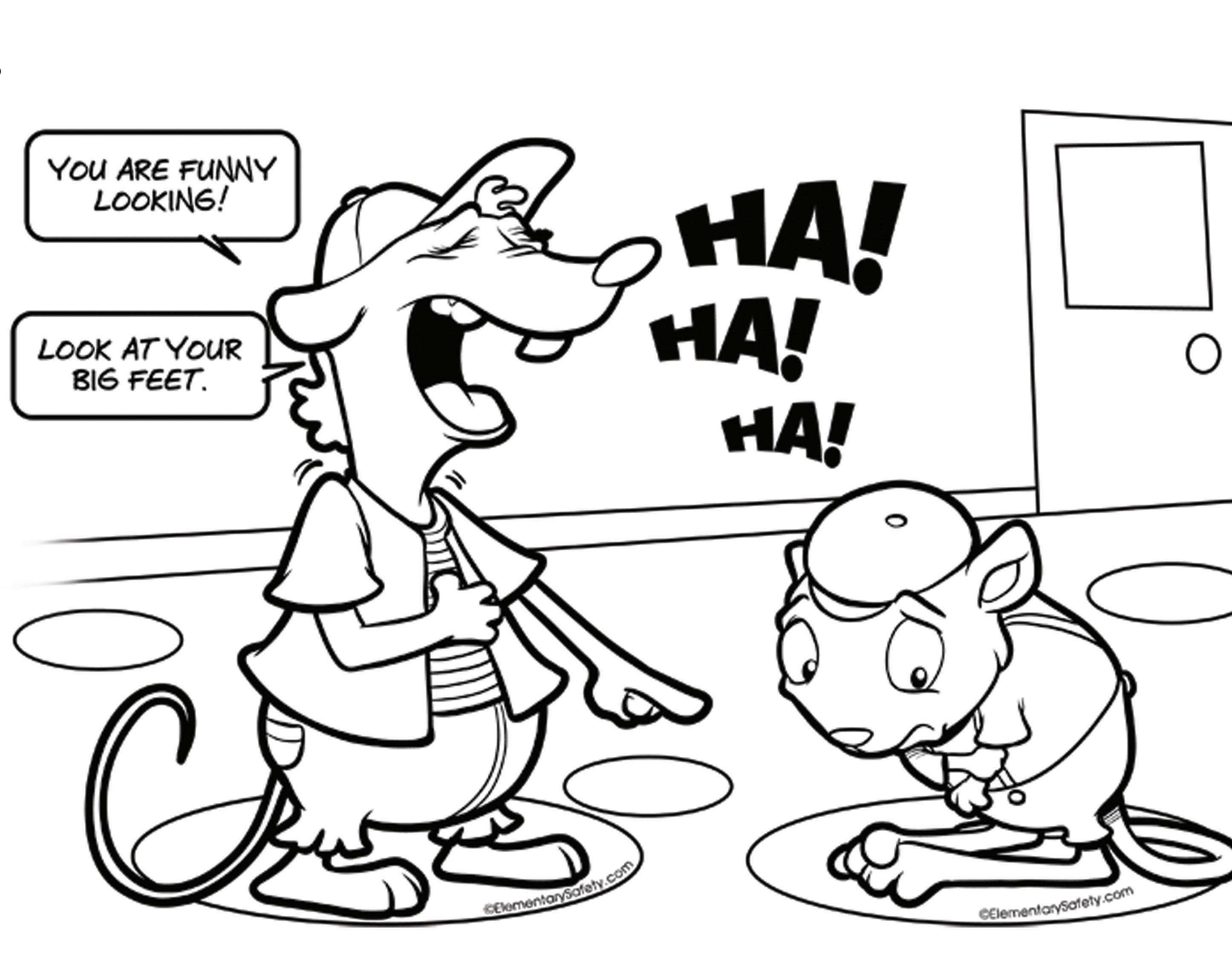
BE A BUDDY, NOT A BULLY
If you or someone else is being bullied, report it to a grown up. Find a way through the maze to safely find a growen ups help!
Issue #7 - Hamilton | 17
Page 17
START
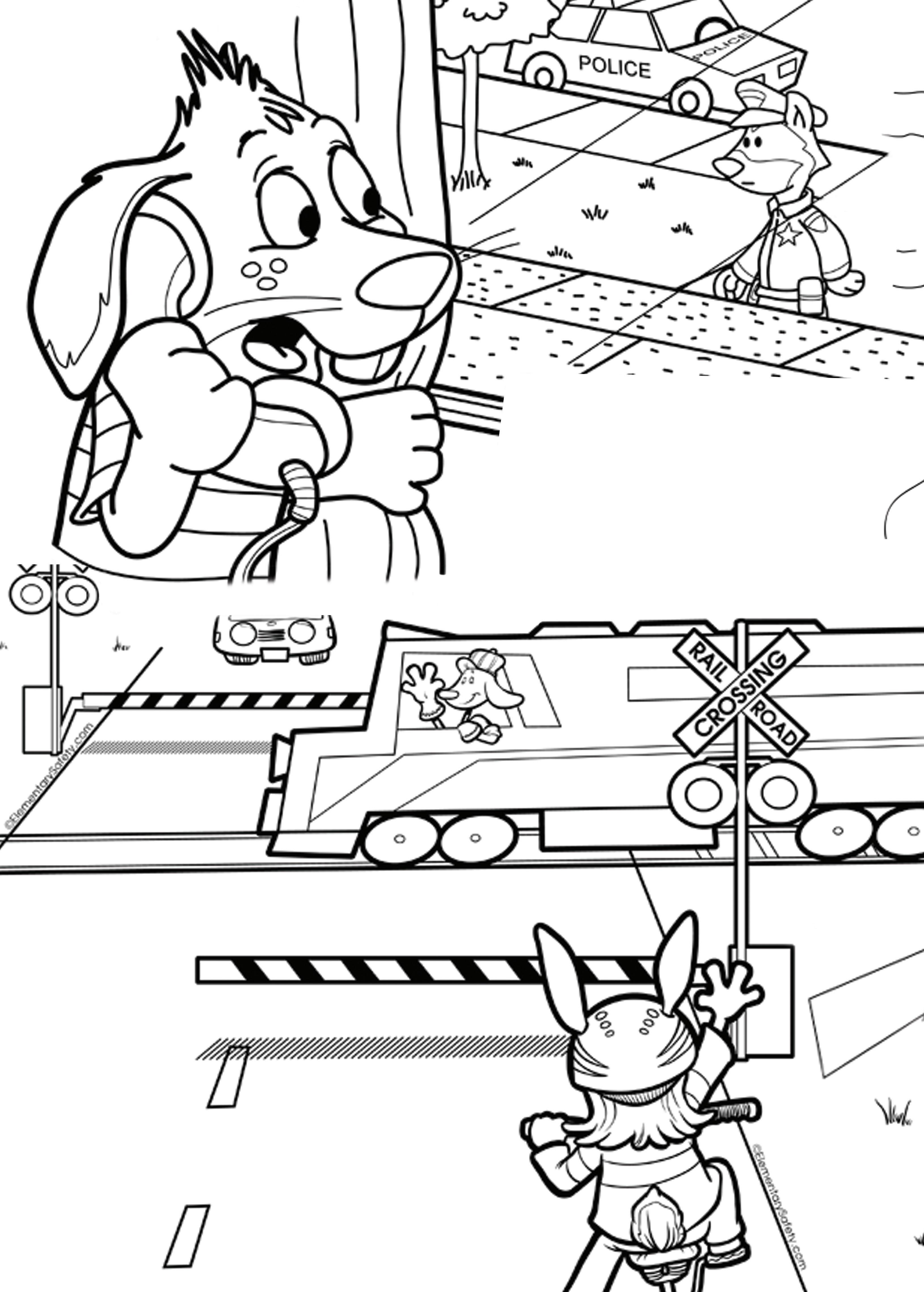
THE POLICE ARE HERE TO HELP IN AN EMERGENCY Page #34 explains when/how and what to expect if you need to call 111 DONT FORGET TO PULL OUT THIS SECTION Page 18
SWIM SMART
Be careful in and near the water

ALWAYS WEAR A SAFETY HELMET
Even if you are only going just a few blocks
:NAME
Page 19
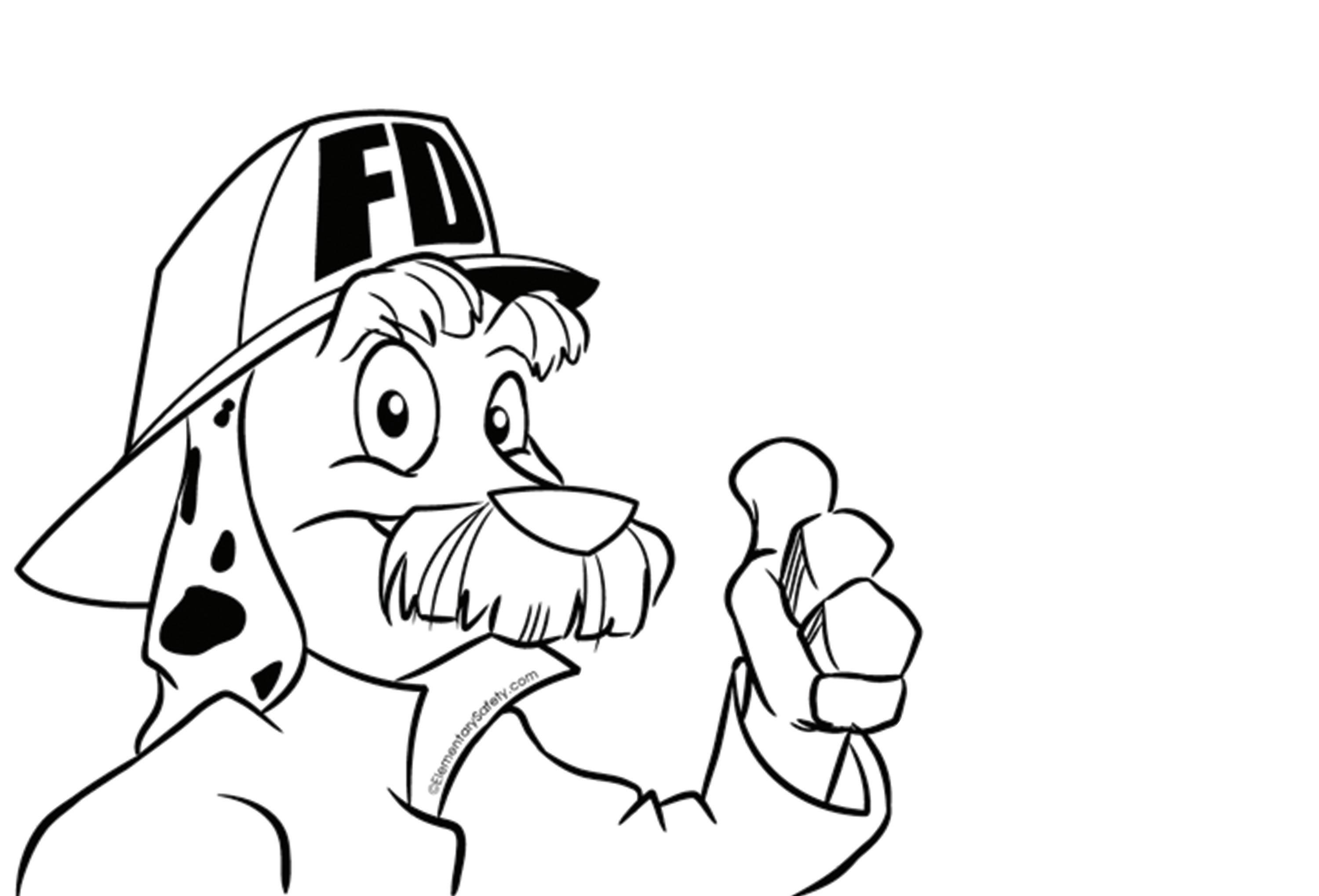

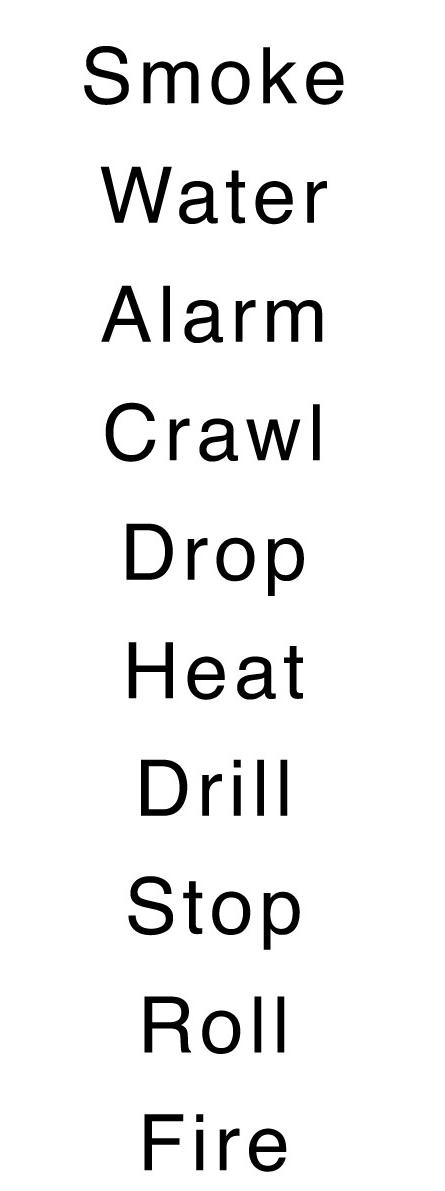
FIRE SAFTEY
Remeber in a fire... GET OUT & STAY OUT
Can you find all the 20 hidden words in the wordfind below?
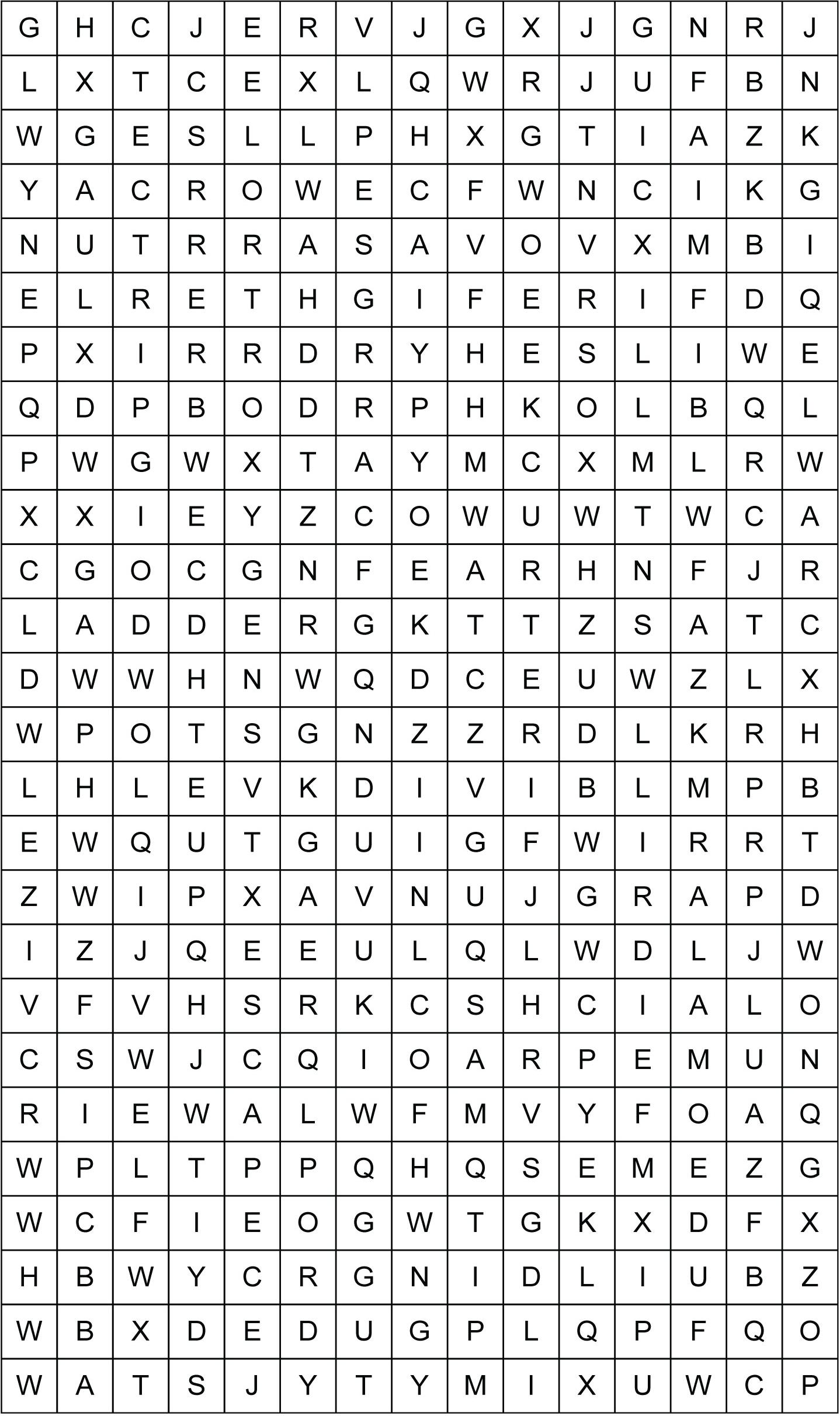
20 | Issue #7 - Hamilton Page 20
Do you knowYour Signs?
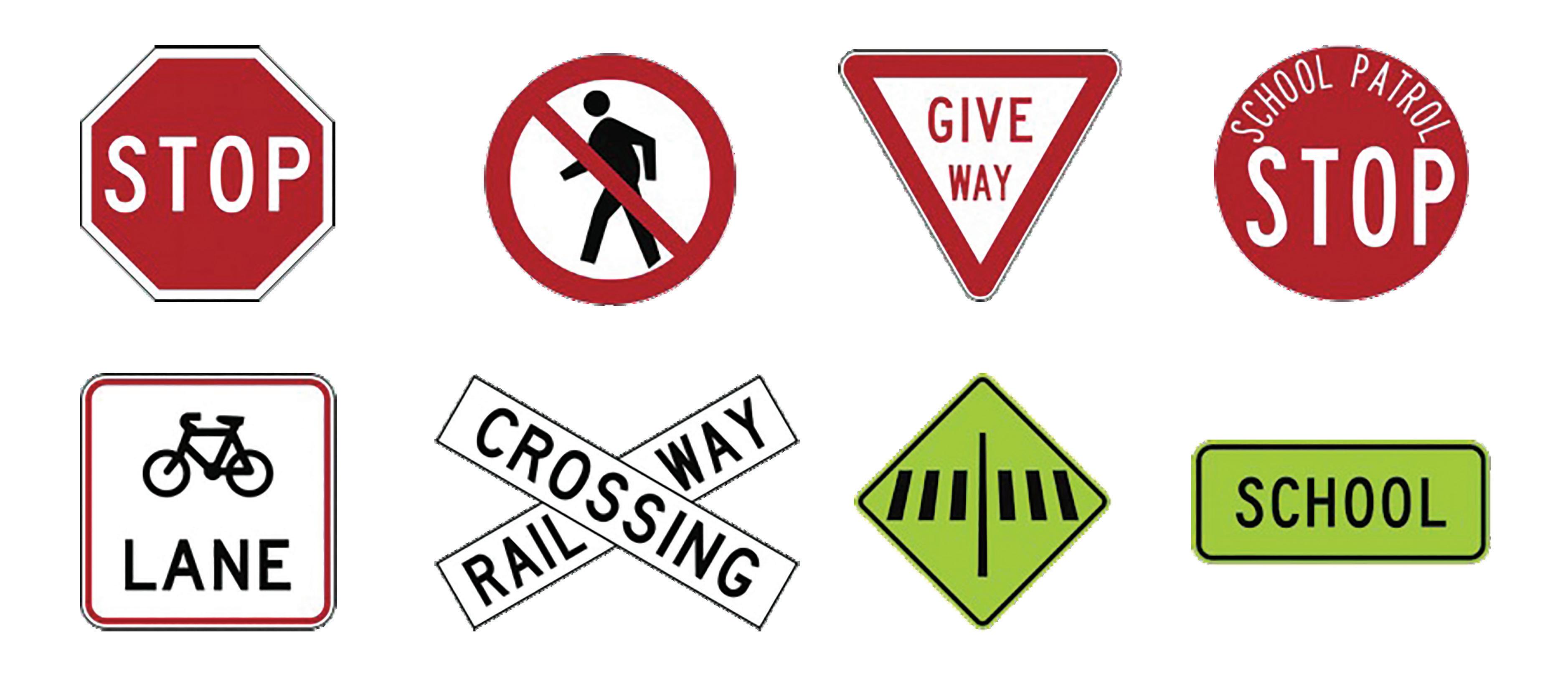

As a way to get around, walking is an easy, healthy and safe way to travel. There are a number of tips you can follow to keep it that way.
How to stay safe when walking
• Use pedestrian crossings or cross at traffic signals
• Stop and check at every driveway
• Walk on the footpath, close to the houses and away from the road
• Hold hands if walking with a young child near roads or in carparks.
Crossing the road
When there’s no pedestrian crossing
• Be patient and cross the road only when it’s safe to do so (it takes time for a vehicle to stop).

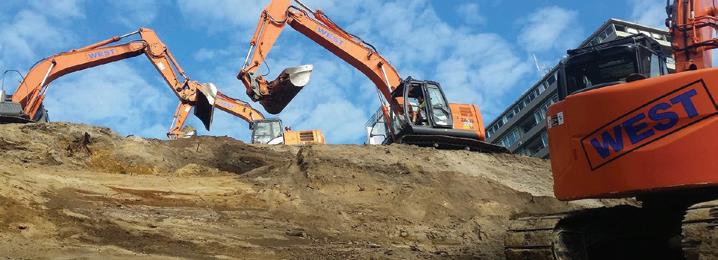
Then use the kerb drill:
1. Stop one step back from the kerb.
2. Look and listen for traffic coming from all directions.
3. If there is traffic coming, wait until it has passed and then look and listen for traffic again.
4. If there is no traffic coming, walk quickly straight across the road.
5. While crossing, look and listen for traffic, wherever it may come from.
When using a pedestrian crossing
• Use official crossings where possible – in fact, if you’re within 20 metres of a pedestrian crossing, the law requires you to use it
• Check that approaching vehicles have seen you and can stop before you step out
• Cross as quickly as you are able
• For crossings with signals, only cross when the green person or message shows.
Watch out for courtesy crossings
A courtesy crossing may be made of other materials like bricks or pavers.
Use these crossings with care because cars don’t have to stop for pedestrians at courtesy crossings.
Crossing at intersections
Choose a place where you can see, and be seen by, traffic from all directions.
Crossing between parked cars
Crossing between parked cars should be your last option. It is safer to walk a little further to get to a clear stretch of road. If you do cross between parked cars:
• Stop on the footpath and look carefully for a gap between two parked vehicles which don’t show signs that they might move off (eg they don’t have drivers, exhaust fumes, engine noises, lights)
• If you can’t see inside either vehicle choose another gap
• Make sure you have a safe place to go on the other side of the road (eg a place that is not blocked by a driveway or parked vehicles)
• Walk to the outside (headlight) corner of the parked vehicle and stop where you can see the traffic, and drivers can see you before you cross.

Walking where there are no footpaths
• Walk facing the oncoming traffic
• Keep as far off the road as possible
• Walk in single file – if in a group, the shortest child should be at the front and tallest at the back so everyone can see.
Answers for:

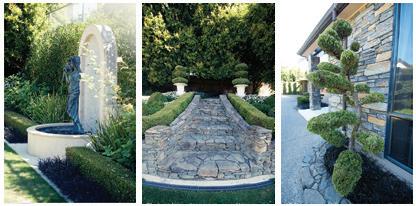
Do You Know Your Signs? 1. Compulsory stop sign 2. No pedestrians sign 3. Give way sign 4. School patrol stop sign 5. Bicycle lane sign 6. Railway crossing sign 7. Crosswalk ahead sign 8. School sign
4.
6. 7. 8.
1. Professional Hamilton-based civil contractor specialising in large-scale projects for councils and developers www.westconstruction.co.nz Call us now 07 847 8841 105 Higgins Road, Frankton, Hamilton info@rei.co.nz Hamilton Residential Construction Company Where the well being of all cats & dogs is our concern Kennels & Cattery Talitha & Douane Austin Directors/Owners 257 Peake Road, R.D.1, Cambridge Phone: 07 827 6842 The Landscape Design Studio Ltd Landscape Designers and Contractors 027 230 0918 We have the right tools & knowledge to complete any project to the highest industry standard.
3.
5.
2.
•
•
•

Playground

Actively supervise children on playgrounds and look for hazards, such as rusted or broken equipment and dangerous surfaces.
Teach children that pushing, shoving or crowding while on the playground can be dangerous.
Dress appropriately for the playground. Remove necklaces, purses, scarves or clothing with drawstrings that can get caught on equipment and pose a strangulation hazard. Even helmets can be dangerous on a playground, so save those for bikes.
Little kids can play differently than big kids. Ensure that children use age-appropriate playground equipment.
Ensure safe surfacing beneath and surrounding playground equipment
• Avoid playgrounds with non-impact absorbing surfaces, such as asphalt, concrete, grass, dirt or gravel
• Recommended surface materials include: sand, pea gravel, wood chips, mulch and shredded rubber. Rubber mats, synthetic turf and other artificial materials are also safe surfaces.

22 | Issue #7 - Hamilton
got you covered Your complete service provider for all your Hot Dip Galvanizing, Sandblasting, and painting and Industrial Grating requirements. Hot Dip Galvanizing gives you the reassurance of protection both inside & out. Hamilton Galvanizing Facility The zinc bath dimensions are 9.5m long by 1.6m wide by 2.5m deep These dimensions enable steel items up to 9.3m in length to be single dipped or up to 18.1m in length to be double end-dipped Perry Metal Protection has been strengthening steel through Hot Dip Galvanizing (HDG) in New Zealand since the early 1970’s. Perry Metal Protection can offer the most comprehensive galvanizing service in New Zealand with Galvanizing operations in Auckland, Hamilton, Tauranga, Wellington, and Christchurch. Perry Metal Protection can now also offer a comprehensive Sandblasting and Painting service with the recent purchase of Waikato Sandblasting Service Ltd. Perry Grating can provide you with a great range of Industrial Grating solutions. 14 Manchester Place, Te Rapa, Hamilton 3241 Ph: 07 850 0120 Fx: 07 850 0129 | E: pmp@perry.co.nz
can supply you with:
tanks, troughs, timber
safety tips We’ve
We
•
stock feed
small animal feed
animal health products
equine supplies
farm supplies including hard-wearing clothing
fencing supplies
water management 2.8m 9.5m 1.6m zinc bath dimensions
•
•
•
•
Falls
Falls Ruin The Fun
Keep an eye on your kids to help them play safe. While childhood fall related injuries are often viewed as ‘part’ of growing up, some falls can cause serious injury with great social and financial costs to children, their families and the government. In some cases falls are fatal.
Safety messages
For playgrounds and parks
• Check that the playground is age appropriate for your child
• Check for hazards (i.e. broken glass, rusted or broken equipment and inadequate soft surfacing). Report hazards to your local council
• Pushing, shoving or crowding while on playground equipment can be dangerous
• Wearing necklaces, purses, scarves or clothing with drawstrings that can be a strangulation hazard and should be avoided.
For trampolines
• One person at a time
• Always use safety padding on the frame and springs
• Always check that the trampoline is in good condition
• Always supervise children
• Make sure nothing is on, under or near the trampoline when it is in use
Child fall related injuries in New Zealand
• Over 10 children are hospitalised EVERY DAY
• Fall related injuries are the number one cause of hospitalisation
• ACC claims costs from child falls amount to $45 million per year on average.


• Children must climb on and off, rather than jumping on or off.
At home and at play
• Use stair and door gates/ guards
• Use safety latches on windows kids can’t reach
• Use helmets and other safety gear with wheeled toys like skateboards and skates
• Babies don’t need baby walkers
• Top bunk beds are for kids over nine years old
• Keep other furniture away from bunk beds.
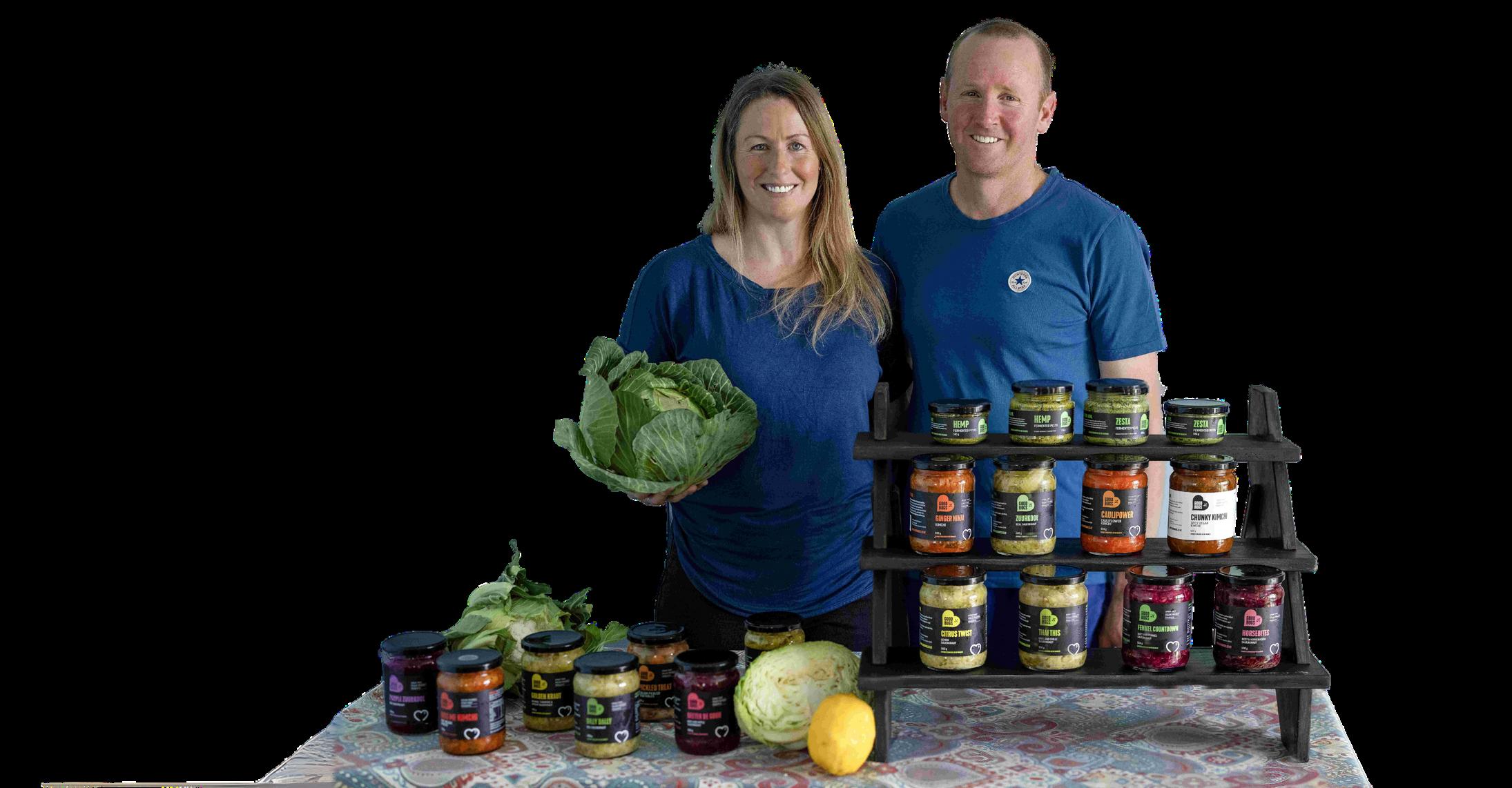
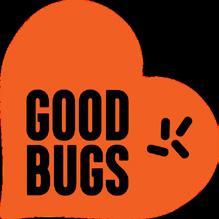
Issue #7 - Hamilton | 23
Your local Timber & Aluminium Retrofit Double Glaziers www.doubleglazingunited.co.nz Explore the possibilities of enhancing your home with premium double glazing. info@dgunited.co.nz • 0800 348 123 • 10 Platt Road, Newstead Order your GoodBugs Sample Box today Six samples of our best sellers - great as a gift or just to try $40 with free* delivery NZ wide use code SAFETY for 10% off storewide rural & south island surcharges apply W W W . G O O D B U G S . C O . N Z Scan the QR Code to order! SPRAY FREE VEGAN FRIENDLY PROBIOTIC R A W F E R M E N T E D F O O D S SAUERKRAUT KIMCHI FERMENTED PESTO . .
Book a free assessment today

Proven Methods
• Qualified Teachers
• Personalised Learning Programmes
At Kip McGrath, our focus is to help your child reach their full potential.
We make learning fun to improve results. A structured program using a mix of book work, hands on material and computer activities keeps the program varied and maintains engagement. Yr 1 – yr 13 students are well catered for too.
www.kipmcgrath.co.nz
24 | Issue #7 - Hamilton
SUCCESS, SELF-ESTEEM AND CONFIDENCE BOOST YOUR CHILD’S
3 Maths 3 English 3 Reading 3 Spelling 3 Comprehension
Primary - Secondary
•
Rimu St, Maeroa and 29 Hukanui Rd - Davies Cnr, Fairfield
Call now 07 848 2262 89
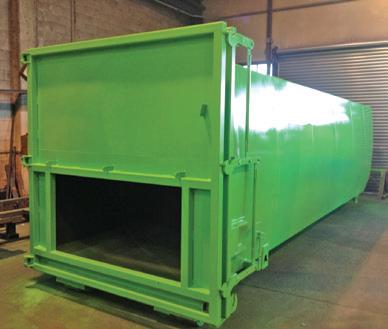

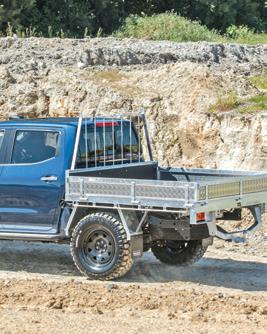

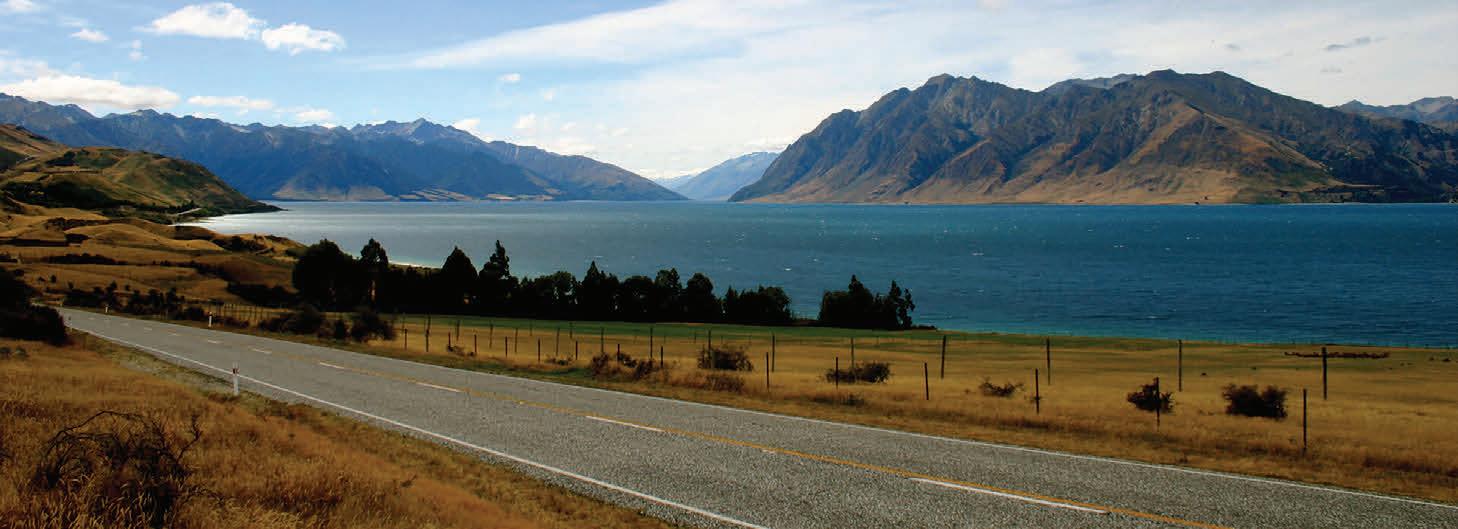
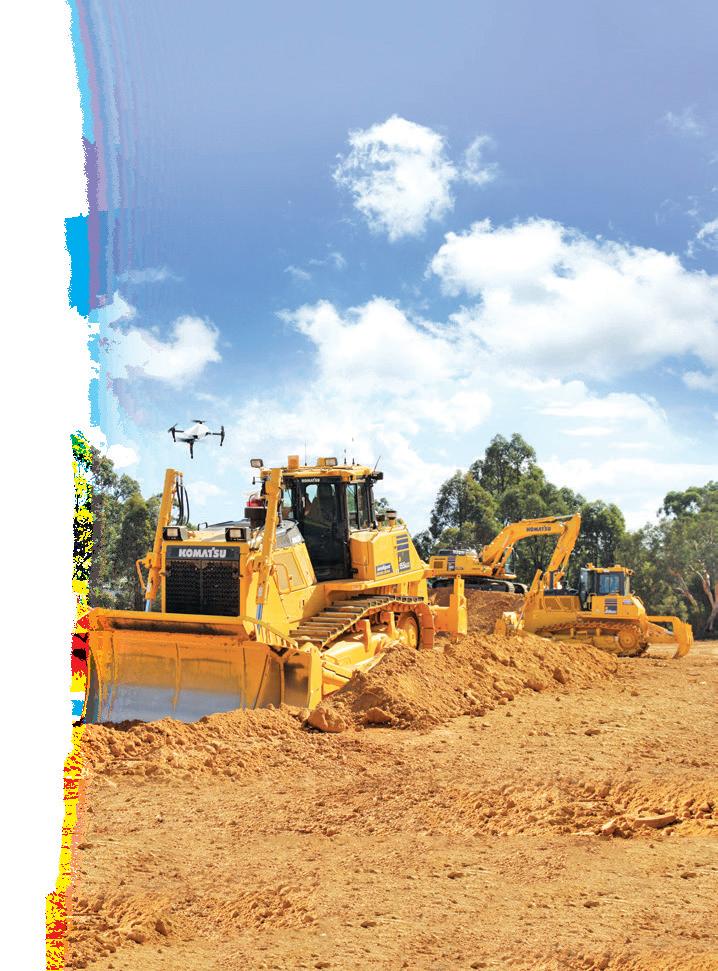
26 | Issue #7 - Hamilton Global manufacturer and distributor of earthmoving machines. Phone: 0800 566 2878 Email: info@komatsu.co.nz Website: www.komatsu.co.nz DESIGN, SUPPLY + INSTALL Fire Alarm Systems Passive Fire Protection Emergency Lighting Fire Extinguishers p 07 949 8578 simplyfire.co.nz admin@simplyfire.co.nz www.tdmtransport.co.nz 0800 836 836 | anthony@tdmtransport.co.nz | Wide Load Transport • Large Item Storage • Car Transport We strive to deliver you the best products, service and price! 07 849 3659 www.troweltrades.co.nz • Interior • Exterior • Drywall & Solid Plastering • Concrete & Brick • Block Laying Tiling • Waterproofing • Painting • Decorating Trowel Trades Hamiltion 10 Karewa Pl, Pukete, Hamilton, Waikato /troweltradesnz Vertec are manufacturing engineers offering bespoke solutions for storage, containment and movement. 3 WASTE EQUIPMENT 3 FABRICATION 3 DESIGN AND BUILD Our team are here to help - and we'll get the job done! Ph: 07 847 0024 | E: admin@vertec.co.nz | www.vertec.co.nz 3 AERATORS 3 COMPONENTS 3 PRODECK










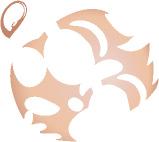





Swiming Lessons
Public swimming pools are not cheap baby-sitting venues. Always supervise your child and whenever possible be in the water with your child.
Hey kids, when you’re going in the pool – always remember these rules:
• Never go into the pool area without an adult
• Walk (don’t run) around the pool’s edge – this stops you from slipping or falling in the pool
• If you can’t swim, you need to wear a life vest, this will keep your head above water
• Make sure you’re swimming in the shallow end with an adult
• Make sure there is an adult with you in the pool within arm’s-reach at all times
• Always go into the pool feet first, checking the depth of the pool before you enter the water.


Knowing how to swim can save your life!



























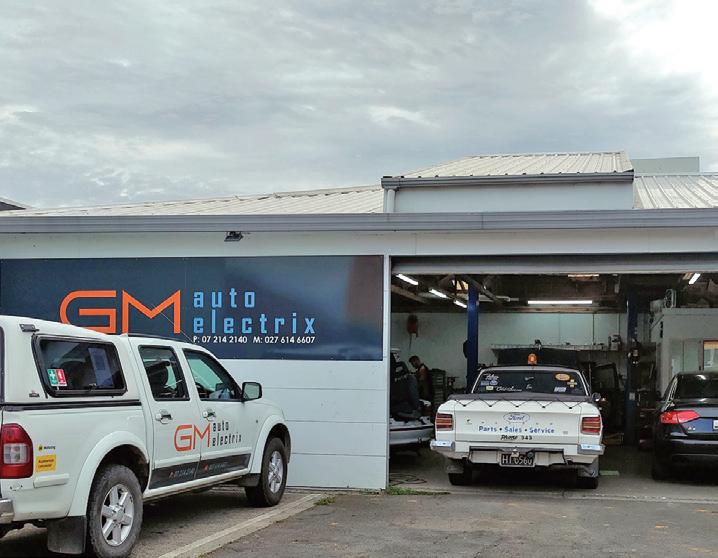









































































































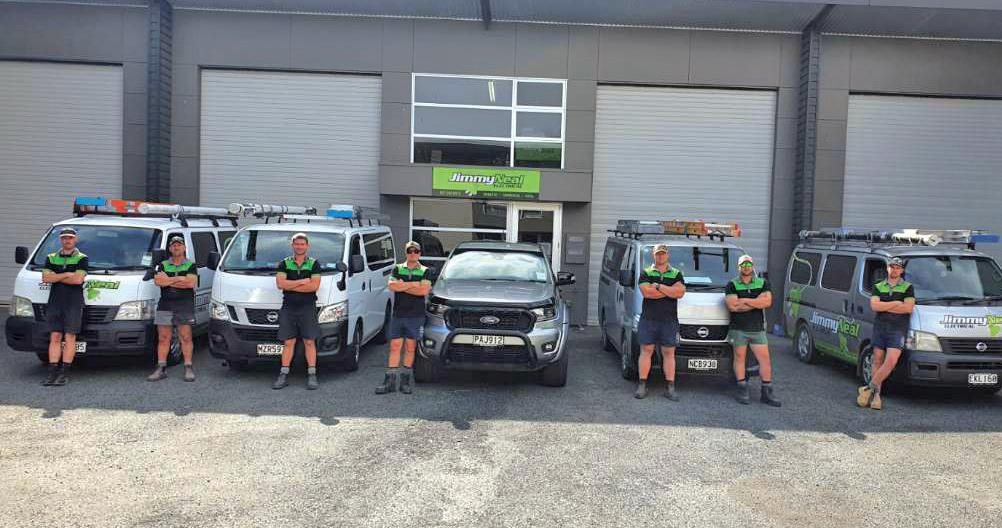























Issue #7 - Hamilton | 27 Information provided courtesy of Water Safety New Zealand. www.watersafety.org.nz PUBLIC SWIMMING POOLS
Then pop on down to GM Auto Electrix in Te Awamutu. Car need a service? Strange lights on your dash? 027 614 6607 gmautoelectrix@gmail.com 3/406 Alexandra Street, Te Awamutu Battery Town and AA Battery Stockists Property Estate Planning www.jmorganlaw.co.nz jennifer@jmorganlaw.co.nz 021 202 2356 Contact Jennifer Today! 027 240 8415 jimmy@jimmynealelectrical.co.nz Jimmy Neal Electrical Providing expert electrical services to the Matamata and Waikato areas! Services: 3 New Homes 3 Alterations 3 Renovations 3 Decks 3 Maintenance 3 Shop Fitouts Call 0274 764 644 SMT Building NZ Ltd shane@smtbuilding.co.nz SMT BUILDING NZ LIMITED
Keeping Kids Safe
Life Jackets for Kids - Make Sure You Are Seen
When learning to swim kids need constant supervision around water. Whether the water is in a bathtub, a wading pool, an ornamental fish pond, a swimming pool, a spa, the beach, or a lake.
Young children are especially at risk — they can drown in less than two inches (six centimeters) of water. That means drowning can happen where you’d least expect it — the sink, the toilet bowl, fountains, buckets, inflatable pools, or small bodies of standing water around your home, such as ditches filled with rainwater. Always watch children closely when they’re in or near any water.
If you’re not a swimmer yourself, it’s a good idea to take lessons and learn how to swim, and kids over four years old should learn to (check the local recreation center for classes taught by qualified instructors). Kids who are younger (but older than age one) also might benefit from swimming lessons, but check with your doctor first.
Life Jackets for Kids
How much value do you put on your kids’ lives
When it comes to messing about in boats, there is always a danger of getting into serious trouble. Make sure your child has a life jacket, as it could just about be the best present they get this summer.
In choosing any life jacket there should be enough buoyancy to float your child with their head and shoulders out of the water. It must not have a tendency to turn and hold your child in a face - down position. Because children vary in their shape, they can be thin, short or tall and yet still weigh the same, it is vital to spend time trying on different brands and types. The garment must suit the activity the child will be doing and, above all, it must be comfortable.



There are several key points when purchasing a life jacket for a child.
It must be a good fit and be the correct size for their body weight. It is critical when buying a life jacket, be it a full life jacket, buoyancy vest or inflatable jacket, that you never buy one that your child will grow into. It must fit NOW! Information
When Kayaking - It is essential to have buoyancy bags or blocks fitted to make sure your kayak stays level so it can be re-boarded.
• Always wear a buoyancy-vest or life jacket designed for kayaking; make sure you do not become separated from your kayak following a capsize.




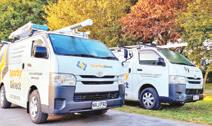








28 | Issue #7 - Hamilton
Every parent
provided
of Water Safety New Zealand. www.watersafety.org.nz
courtesy
WATER SAF Every parent
Unexpected Property Loss or Damage? We help you recover from large loss or small loss disasters of all types. Speak to the experts for immediate assistance. Phone: 07 846 0014 Mobile: 027 494 9486 / 027 494 9487 Email: office@psbc.co.nz 18 Bandon Street, Frankton, Hamilton 3204 www.psbc.co.nz • New Build Electrical Planning to Fitout • Residential / Commercial Renovation • Property Maintenance / Servicing • Switchboard Upgrades • LED Lighting Solution • Garden Lighting Installation • Data & Telecommunication • Heating & Ventilation • Air Conditioning Installation WWW.SPARKYDIRECT.CO.NZ • 027-388-6078 CAMBRIDGE • HAMILTON • WIDER WAIKATO EV Charger Installation • Test & Tag Compliance • Electrical Check • Troubleshooting & Repair • Solar Panel Installation Aub Hart Director Ph 0274 778 445 • Phone 07 859 1118 • aub@stainlesselectrical.co.nz • Website www.sep.co.nz • 75 Ingram Road, Rukuhia Hamilton, New Zealand 3282 “ SEP design and fabricate products for industry specializing in the Dairy and Food sector ” Enclosures Cable tray Insulator Enclosures Manifolds Powder Coated cabinets ABB Switchgear TE RAPA STORE Karewa Place Tel: (+64) 07 8470990 E: karewa@worldoftyres.co.nz • Quality tyres & mag wheels • Best value for money • Accurate 3d computerised wheel alignments • Nitrogen tyre inflation with roadside assistance • Free courtesy vehicles - we make it easy (T&Cs apply) • Mobile EFTPOS with loads of payment options available FRANKTON STORE Greenwood Street Tel: (+64) 07 8470330 E: sales@worldoftyres.co.nz www.worldoftyres.co.nz
ETY TIPS should know!
should know!
Make Sure You Are Seen
Get the right life jackets
Fastenings should be durable, with zips made of plastic and not metal. Colour choice is also something to consider as bright contrasting colours aid location during a rescue. The most effective colours are RED, ORANGE and YELLOW.
Comfort is an important consideration, because if the jacket isn’t comfortable the child will not want to wear it. If it fits snugly, then you might find yourself reminding your child to take it off as they walk away up the beach from the boat. It should also be easy to get on and off and allow freedom of movement both in and out of the water.
Choosing the right life jacket for your child is important!
Kayaks
These fun boats are common in lakes, rivers, beach and around the coast. Used properly, they are very safe, but their limitations need to be understood. When kayaking in areas used by other craft, make sure you will be seen.
A kayak can be almost invisible to skippers of other craft. Wearing bright clothing, having brightly coloured paddle blades with reflector strips, and displaying a very bright orange or red flag about a metre above the water on a rod will greatly reduce the chance of being run down accidentally.
Only experienced, fit paddlers should use a kayak in rough water, as kayaks can easily capsize.
At the beach
Understanding the ocean is very important.
The more you know about how waves, wind and tides affect conditions in the water, the better able you are to keep yourself safe, or others, from danger.
Swim between the flags
Surf Life Saving New Zealand patrol over 80 of our busiest beaches each summer. Always swim between the red and yellow patrol flags, as they identify the safest area to swim when an active lifesaving patrol is on the beach.
Rip currents
A rip is a strong current of water running out to sea. They can be very dangerous to swimmers as they can sweep you out to sea quickly and easily.
Rip currents can be hard to identify, look for these features:
• Discoloured or murky brown water caused by sand stirred up off the bottom
• A smoother surface with much smaller waves, with waves breaking on either side
• Debris floating out to sea
• A rippled look, when the water around is generally calm.
If you get caught in a rip:
• Don’t panic
• Don’t try to swim against the rip back to shore
• Let the rip carry you out until the current subsides
• Then swim parallel to the beach for 30-40 metres before swimming back to shore
• If you get tired or become frightened, stay calm, raise your arm, call for help and wait for assistance.




Issue #7 - Hamilton | 29
Concrete Industry Engineers Mixer Manufactures Service and Refurbishments Ph (07) 847 2031 | Fax (07) 847 2032 Email: admin@techweld.nz 24 Colombo Street, Hamilton 0800 082 888 www.signature.co.nz 455 Te Rapa Road, Hamilton In a property market where there is much uncertainty, Signature Homes prides itself on providing our customers with high levels of certainty where it's needed the most - such as our fixed price guarantee.


30 | Issue #7 - Hamilton THINKING OF SELLING YOUR BUSINESS? Call Rick - your AWARD WINNING, Waikato Business Broker today. Rick Johnson Business Broker m 021 991 485 rick.johnson@linkbusiness.co.nz
Public Transport
Rail Safety
Rail safety tips
Stay away from overhead wires carrying electrical energy. The electrical energy that moves trains is always dangerous and always on. You cannot hear, see or smell electrical energy.
The electrical energy is 100 times more powerful than the electrical energy used at home. The electrical energy can jump gaps of up to three metres. When electrical energy passes through people, it seriously injures them or worse.
Always use level crossings to get across the tracks
Trains on the tracks are very big, very fast and very quiet. Trains take a long time to stop. It is dangerous to take shortcuts and trespass.
Watch out for the second train
Obey all warning signs and signals. Wait until all warning signs have stopped before crossing – there may be a second train. Look and listen in both directions.
Platforms and stations
Not all trains stop at ALL stations. Some express trains and freight trains may travel through at high speed without stopping. Always expect a train on a platform and stand at least 1.5 metres away from the platforms edge.
Fast trains can create a vacuum called a ‘back draft’ that can blow you over or suck you under a train. Under no circumstances should you ever sit on the edge of a platform.

Information provided courtesy of the NZ Transport Agency: www.nzta.govt.nz
Platform safety
Train stations and platforms can pose safety risks if you do not follow some simple safety guidelines.
• Always stand well behind the yellow line on the platform and do not walk over the line until the train has come to a complete stop
• Be careful of the gap between the platform and the train – and take particular care to step well clear of the gap as you board the train
• All platforms are different and the size of the gap may vary from station to station
• Let passengers who are disembarking clear the area completely before boarding the train.
Anything with wheels has the potential to be dangerous on a train platform:
• Never use skateboards, scooters or bikes on a train platform, and always turn wheels so they are at right angles to the tracks
• Always walk and don’t run on a train platform to avoid tripping and potentially falling onto the tracks.


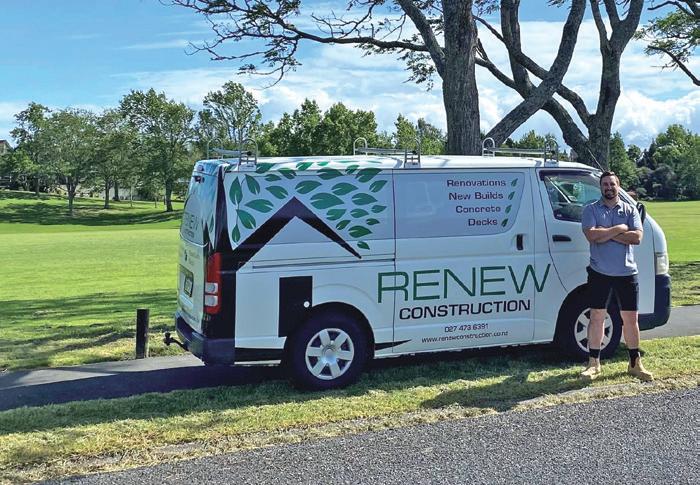
Issue #7 - Hamilton | 31
METAL ROOFING NEW ROOFING RE-ROOFING COMMERCIAL DOMESTIC Tim Armstrong: 027 592 3234 barlowroofing@xtra.co.nz 1699 Piako Road, Morrinsville Complete car care complex. Any brand, anything automotive. 07 8381321 office@collinsauto.co.nz • Vehicle servicing • Mechanical repairs • WOF • Tyres • Wheel Alignment • Suspension • Air Conditioning • Batteries • Auto Electrical Diagnosis, Repairs and Installations 2 Quentin Drive, Hamilton www.collinsauto.co.nz Renew Construction provides building services within Hamilton and the Waikato region, specialising in renovations, new builds, concrete, decks and more. 027 473 6391 • info@renewconstruction.co.nz www.renewconstruction.co.nz
Public Transport
Bus Safety
School bus safety tips
The school bus is one of the safest ways to travel. Follow these steps when you're picking up or dropping off your children at the bus stop and teach them about staying safe.
If you pick up or drop off your children at the bus stop
1. Wait on the same side of the road as the bus stop
2. Park your car well away from the bus stop or other children
3. Teach your children about safe bus behaviour – and practice it with them
4. Encourage your children to wait quietly at the stop and to keep away from the road.
If your children make their own way to or from the bus stop
1. Teach your child the safest route from their house to the bus stop – the route with the fewest road crossings and least traffic
2. If they have to cross the road after getting off the bus, teach them to wait until the bus has moved away and they can see up and down the road clearly
3. Dress them in brightly coloured or reflectorised clothing that can be easily seen by drivers.
When waiting for the bus
1. Wait at the nominated bus stop area
2. Keep well away from the road edge
3. Wait quietly, avoid playing games where you might end up running onto the road.
Getting on the bus
1. Form a single line
2. Make sure the bus has stopped before you try to get on
3. Don't push. Be patient and let those in front of you get on without any shoving or pushing
4. Carry your backpack or school bag – it may get caught in the door if you wear it.
Riding on the Bus
1. Quickly choose your seat and sit down
2. Put your bag on your lap or under your seat – keep the bus aisle clear
3. Stay in your seat until the bus has stopped.
4. If you have to stand, put your bag on the floor and hold onto a seat back or handrail.
Getting off the bus
1. Get off the bus carefully, without pushing
2. After you get off the bus, wait as far away from the edge of the road as you can, until the bus has moved away
3. If you need to cross the road, wait until the bus has driven past and you can see clearly up and down the road before crossing
4. Stand well clear of the bus if it is turning or reversing.
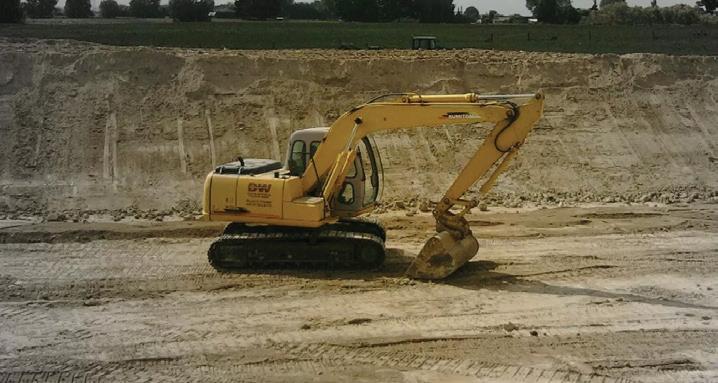

A walking school bus is just like a school bus, except children walk to and from primary school under the supervision of adult volunteers (often parents), who act as the walking school bus driver.
Children are dropped off at the school gate, and along the way they learn how to safely negotiate the road, as well as socialise with friends and neighbours, improve fitness and arrive energised at school ready to learn. Routes vary in length; they are usually about 1.5 km – or a 30-minute walk - but they can be longer or shorter.
Start times and locations depend on the length of your route, and school start and finish times.
A walking school bus can operate all five days of the school week, or as little as one day per week.
It can operate in the morning, after school, or both. It all depends on the availability of adult volunteers and what works best for your team of bus drivers.
Information provided courtesy of the NZ Transport Agency: www.nzta.govt.nz What


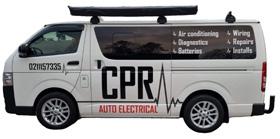


32 | Issue #7 - Hamilton
SERVICES www.cprautoelectrical.co.nz 549F Te Rapa Road, Te Rapa, Hamilton 3200 021 115 7335 cprauto.electrical@outlook.com AC Repair Battery Service Diagnostic & Electrical Repair • Engine Management Systems • GPS Trackers & Alarms • Installs Roadside Assist Technical Support & Assistance Dash Lights & Warnings www.dwearthmoving.co.nz • SUBDIVISIONS
SITEWORKS • LAND CONTOURING 07 808 1264 936 Tuhikaramea Road, Temple View, Hamilton 30 Euclid Ave, Te Rapa, Hamilton,Waikato WE’LL TREAT YOU LIKE FAMILY ROTOTUNA, HAMILTON 07 560 4848 CAMBRIDGE 07 827 5100 Your Local Travel Professionals Supporting Our Community! helloworld.co.nz 0800 75 87 87
is a walking school bus?
•

















Keep kids off quad bikes
Quad bike injuries are one of the main issues faced by rural kids. Quad bikes of all sizes are powerful and heavy machines with a high centre of gravity. Children do not have the body size, weight, perception and co-ordination skills to actively ride these large machines.















Below are recommendations to safeguard the transport of rural children:
That legislation is developed to prohibit children under the age of 16 years from operating an adultsized quad bike (engine capacity > 90cc).
That children are prohibited from being passengers on all quad bikes which have been designed for one person only
Child quad bike injuries in NZ – the numbers:
• 30 children are fatally injured or hospitalised with serious injuries every year
• In more than half of quad bike injury cases, a child was the driver
• Manufacturer recommendations prohibit the use of adult-size quad bikes for under 16 year olds.


Issue #7 - Hamilton | 33
When to call
We call 111 only for emergencies, but what is an emergency?
Sometimes it’s hard to know, especially when everything is happening at once.
The best thing we can do before an emergency happens is prepare. Some ways we can prepare is learning what an emergency is and learning how to call 111.
What is an emergency?
An emergency is when something serious and unexpected, that could be dangerous, is happening and needs to be taken care of right now.
Some examples of emergencies include:
• Uncontrolled fires
• An accident
• Someone who can’t breathe or finds it really hard to breathe.
These aren’t the only emergencies we call 111 for. Can you and an adult come up with other emergencies you would call 111 for?
Calling 111
When an emergency happens, the best thing we can do is tell an adult right away. When we tell an adult, they’ll be able to tell us if what we’re telling them is an emergency. If it is, they can call 111 and anyone else who might need to know what’s happening.
When this happens, we need to stay calm, do what the adult tells us to do and let the adult make any necessary calls. Most of the time an adult will pick up a phone to call 111.
However, very rarely, you might have to make the call.
When we call 111, the operator, or the person on the other side of the phone, will ask what sort of services you require or whether you need an ambulance, Police or Fire services.
If you don’t know, that’s okay.
The operator will ask you questions to figure it out. Just remember to stay calm, do your best to answer the operator’s questions and if you can, do everything the operator says.


Fun 111 activity
To practise, pretend you’re making a 111 call with an adult/teacher You pretend to be the caller and the adult/teacher will be the operator. Both of you will need to make a phone shape with one of your hands.
Using your ‘phone’ dial 111
According to New Zealand Police, when the operator picks up, they will ask questions like these:
Where are you?
When did the event happen? What is happening now?
The great thing about this game is that you can take it wherever you go. Playing in different settings will help you practice sharing your location. Wherever you are, be sure not to hang up before the operator tells you to!





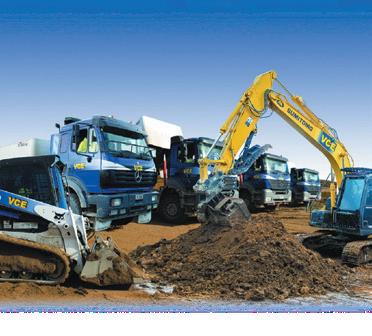
34 | Issue #7 - Hamilton
www.cheerdynamix.co.nz office007@cheerdynamix.co.nz WHERE CHAMPIONS ARE MADE AUCKLAND | HAMILTON Phone Patrick & Karen 021 036 9349 cunninghamdecoratingservices@gmail.com Consulting Civil, Structural, Geotechnical & Forensic Engineers 35 Forest Lake Road, Forest Lake, Hamilton 07 262 3110 | 022 680 4935 contact@gnaone.com E,GNA Consultants Ltd OPEN 7 DAYS Monday - Friday 9.00 - 5.30 Saturday 9.30 - 4.30 Sunday 10.00 - 4.00 437 VICTORIA ST HAMILTON Phone: 07 839 7100 | Email: andy@shoeclinic.co.nz WWW.SHOECLINIC.CO.NZ where the best toys come from Chartwell Hamilton Phone: (07) 903 0004 Shop 120 Chartwell Shopping Centre, Chartwell Click & Collect available @ www.toyworld.co.nz VISION COMPLETE EARTHWORKS LTD INTEGRITY TRUST LOYALTY SINCERITY Phone: 07 849 4239 admin@visioncomplete.co.nz www.visioncompleteearthworks.co.nz Moving the Earth for You Kind y sponsored by PORTER HOMES LTD
your company have any exciting projects or products you would like to feature in an upcoming edition of Safetywise? PLEASE CONTACT OUR EDITORIAL/SALES TO DISCUSS:
Does






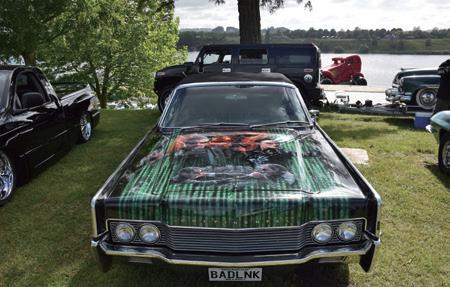
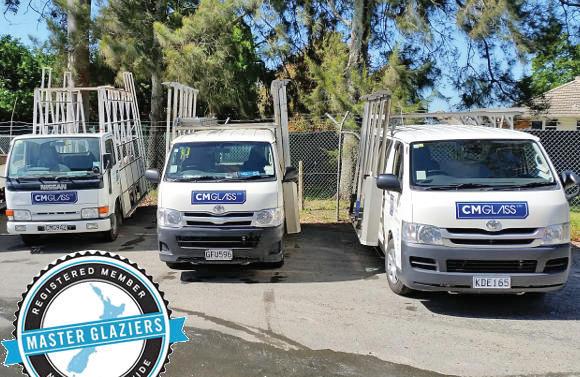

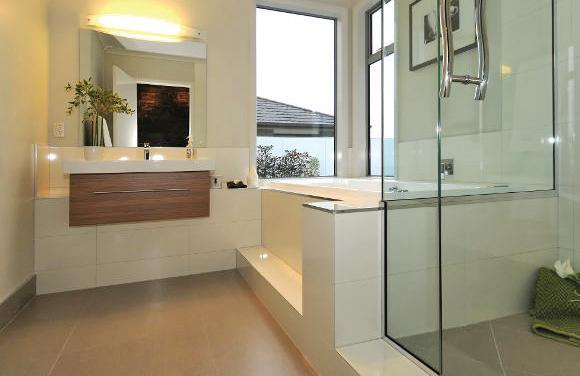

BARBERSHOP MORRINSVILLE 021 155 4866 www.fAdEaway.cO.nz nO aPPOINTMENT nEEDED wALK IN KAHIKATEA DRIVE HAMILTON Ph: 0274 972 717 extremecarhire@ratpak.co.nz WEDDINGS, BIRTHDAYS, MUSIC VIDEOS, PROMOTIONAL, MAGAZINES. extremecarhire CM GLASS LTD Free Phone: 0800 264 5277 | Phone: 07 849 6554 E-mail: info@cmglass.nz | Website: www.cmglass.nz 5 Norris Ave, Te Rapa, Hamilton RESIDENTIAL & COMMERCIAL GLASS EXPERTS Residential & Commercial No project too big or too small Products & Solutions Repairs & Replacements
Celebrate the life of your loved one in the way they would have loved.
Our approach is professional and refreshing, based on family values, and is reflected through our people, facilities and service. We will walk this whole path with you, from receiving your first call, to the headstone or plaque and beyond.
If required, we will assist in arranging a celebrant, newspaper notice, flowers… whatever will help you. We believe you should leave feeling you have a friend who will be with you the whole way through.

FUNERAL HOME | INCORPORATING SADLIER’S FUNERAL SERVICES
07 846 1561 • info@seddonpark.co.nz • www.seddonpark.co.nz • 49 Seddon Road, Frankton, Hamilton • 358 Thames Street, Morrinsville
Sheldon Park Funeral Home we’ve been proudly celebrating life with you for over 25 years.
At






















































































































































































































































